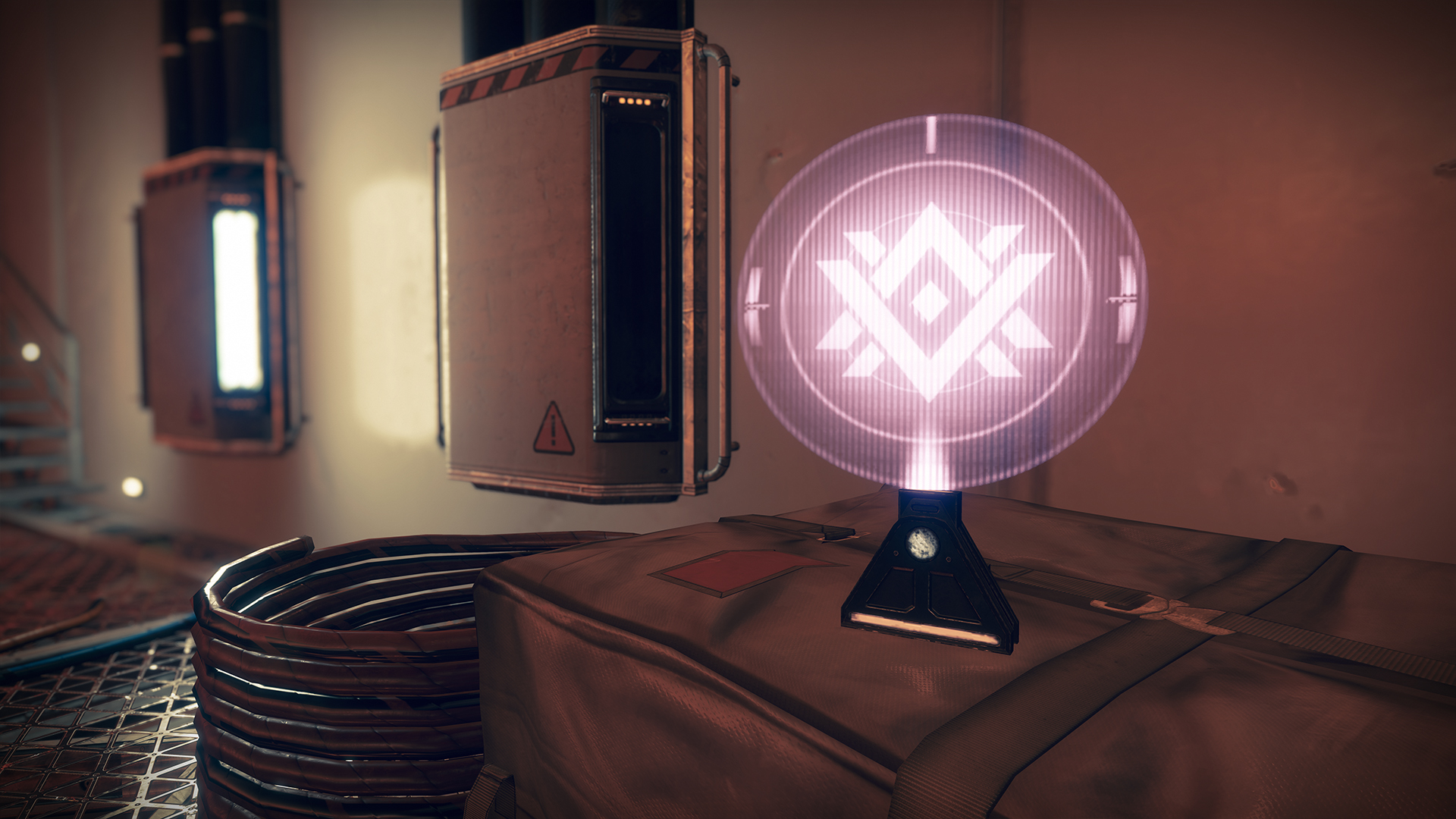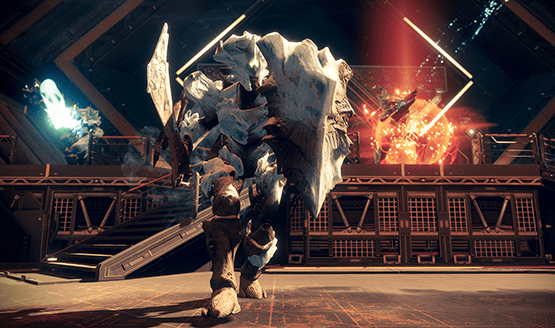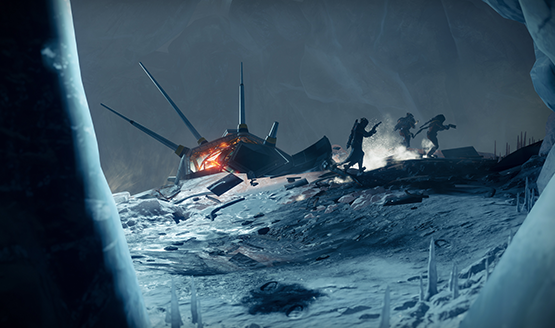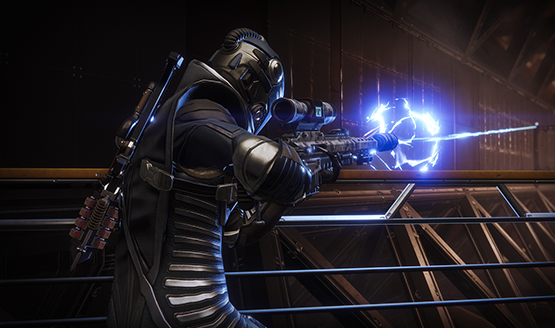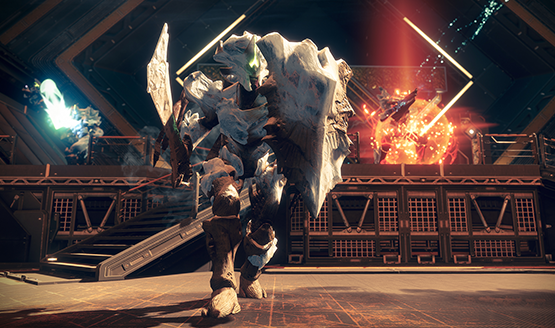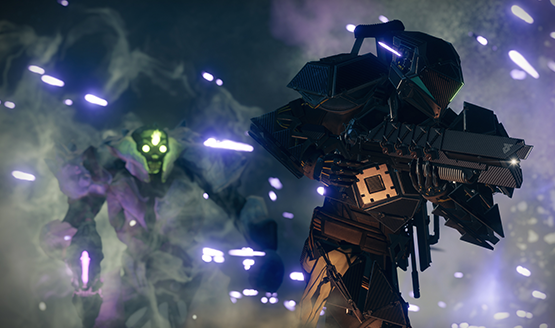Destiny has wrought upon me and millions of fans a roller coaster of emotions and experiences. I’ve been playing since the first game’s alpha launched on June 12, 2014, and in that time we’ve seen numerous major shifts in the content, economy, and and overall experience of playing a Destiny game. Some of these shifts were for the better, some made the game a little worse, but the consistent factor has been Bungie’s willingness to adapt and evolve over time.
The launch of Destiny 2 brought about mixed feelings. The sequel’s opening salvo is a great experience, and the game received high scores and accolades on the first 30+ hours of gameplay. Once players found themselves in the endgame–that little place were Destiny turns from just another game into a hobby–they found that their hobby was missing. Gone was the Destiny that we used to both love and hate, but we’d always log in anyway. In its place stood a game that we didn’t even want to log into . The community started to lose some of Destiny’s biggest supporters.
There’s a storied history leading from September 2017’s launch to now. That tale includes a heavy focus on selling DLC content and microtransactions, a shift in Bungie’s attitude, the launch of the very poorly received first expansion, and a series of updates and changes intent on correcting Destiny 2’s flight path and reintroducing the hobby to players that just want to play.
I have to preface my thoughts on Destiny 2: Warmind with that history. So much of what Warmind is and how it has been received is directly tied in to that. Returning to Mars isn’t a perfect experience, and this isn’t the expansion that “saves” Destiny 2, as it were, but it’s had me more excited for logging in to play Destiny every day than I have been in a long time.
A Warmind is a Terrible Thing to Waste
Warmind’s narrative is perhaps the most front-facing aspect about it, which makes it easy to criticize. The story is a scant five missions, epic boss characters are quickly felled with an auto rifle and a space-tech toothpick, and for anyone playing Destiny 2 for the story, Warmind is far from worth the cost. My immediate argument is that the story isn’t what Destiny is all about, but I don’t want to give Bungie (or Vicarious Visions, which aided in developing Warmind) a free pass on this.
We’re introduced to not one or two, but four major characters that have been hinted in the lore before. The name Nokris was glimpsed on the Dreadnaught in The Taken King. He was a Hive prince (Oryx’s son, Crota’s brother) that was effectively banished from all history and knowledge. Xol is a worm god, the ones that control the Hive. He may be the weakest of the worm gods, but he’s a god, nonetheless. Rasputin is a name that has haunted us since the launch of the first Destiny, the universe’s most advanced AI Warmind. And finally, Ana Bray is a Hunter who was thought to have been killed at the Battle of Twilight Gap.
The introductions, character development, and in a couple of cases, exits for these four characters were shoved into the brief five missions. At the very least, Rapsutin and Ana Bray stick around to (hopefully) have some significant impact on where Destiny 2 is going next, but Nokris and Xol are both eliminated in story missions. The brother and son of two previous Raid bosses, and one of the gods that governs their entire race, both swept away in moments without much fanfare. The boss of the Raid Lair exists within an entirely different storyline (more on that later). At least Rasputin gets a moment at the end to shine as one of the most horrifying moments in Destiny history happens during the closing cutscene, even if we never find out things like how Ana Bray survived her supposed demise.
Destiny has always had trouble with delivering narrative to the player in an effective manner. The lore surrounding the Destiny universe is fascinating, deep, and incredibly intricate, yet the baseline narratives being given in the expansions don’t meet players’ expectations of the stories that could be told. The deep and amazing lore is squirreled away on items’ lore tabs, hidden in a cave as a scannable object, or tucked into a secret cipher that required the cooperation of the community to solve. That’s great for the community that’s heavily involved with researching the lore, but it gives very few paths for other players to actively get involved in the story. If someone is just playing Destiny 2 through for the campaign (really?), those quick five missions don’t offer the ability to dive in and get more.
That said, unlike Curse of Osiris, which felt like it ended without any lasting impacts on the state of the world, Warmind ends with a pretty massive event that I’m hoping plays a huge role in future content. Some of the additional adventures on Mars offer side stories that allude to what may come in the future, and a crashed ship in a Lost Sector confirms some long rumored lore from back in The Taken King days. The Destiny community came together to solve a cipher that led to a confirmation of the identity of the Exo Stranger (a mystery four years in the making) and a physical cache of rewards hidden in upstate New York.
It’s these deep mysteries that I return to Destiny again and again for. It’s these very things that had me mashing refresh on the Destiny Reddit for the last three years. Warmind has me interacting with Destiny again, both in and out of the game, like I haven’t for a very long time. I just wish that there was a more effective path between casual observer and obsessive lore nerd (Hint: Grimoire or a codex of some sort built into the game). I don’t want to have to actively go down and scan Uldren’s ship every time I want that piece of the story.
Rasputin’s Endgame
After those initial two or three hours to beat the campaign, I set my sights on what there was to do next. Would Warmind actually keep me coming back and logging in day after day? In short, yes. There’s a fair grind of things to collect and reasons to play the game. Memory caches are hidden all over Mars and need to be shot by the proper element in order to collect each one. Getting them all will allow you to access a hidden Exotic sword and Sparrow, and while it won’t take more than an hour to find all 45 if you’re using a guide, it’s a welcome little addition that makes Mars feel like it holds a lot of secrets. I would hope the home of the mysterious Rasputin would.
One post-game quest has players grinding for the returning Exotic Sleeper Simulant. It’s not a terribly difficult questline, but once again, it does provide players with something to work towards, and the reward being aimed for is well worth the grind. This quest ties in with another big grind: unlocking Sleeper Nodes. nearly every activity completed on Mars grants a Resonate Stem, and four of these can be combined into a special frequency that will grant items from the correct Sleeper Node. 40 of these nodes are scattered around Mars, and finding each one is like a scavenger hunt. Occasionally they will repeat so getting all 40 is going to be something of a grind. There’s that word again. Grind. It’s back.
It helps that Mars is a far more interesting destination than Mercury was. I’ve spent hours at a time in party chats with friends just finishing activities and opening up the Sleeper Nodes on Mars. I have to applaud Vicarious Visions for taking on of my least favorite environments from Destiny 1 and giving it the Rise of Iron treatment. That’s to say, they added snow and the futuristic-tech Warmind aesthetic that we last saw in the final expansion for Destiny 1. There are varied environments that will take you from ice caves, to the red sands of Mars’ surface, and deep into the Warmind facilities.
Escalation Protocol is the other major endgame grind in Warmind, a wave-based mode taking place in the Mars patrol space that is extremely difficult. There have been complaints about matchmaking early on, but I think as player Power Levels begin to reach higher levels, those complaints will smooth out a bit more. Bungie changed the power delta to make sure that leveling up actually meant something this time around, and that is showing with how tough some of this new content is. I say bring on the difficulty if I’m underpowered, as long as I can feel like a magic space god once I am all powered up.
Long story short, I’ve found myself back on grind with Destiny 2, and not only am I back, but I am enjoying it. More importantly, my friends are cautiously starting to come back too. Destiny’s a game that’s made infinitely better by sharing the experience, and I’m talking once again to people I haven’t spoken with since the launch of Destiny 2. There’s not a much stronger measure of success than actually enticing some of these lapsed players back into the fold. How long they’ll stay around is up for debate, but it’s been a great first week playing the expansion with longtime friends that I love sharing my Destiny experience with.
Update Entanglement
As was the case with Curse of Osiris, it’s impossible to review the latest expansion independent of the accompanying update to the game. Destiny 2 update 1.2.0’s highlight feature was a huge Exotic weapon pass that made the guns fun to play with again. Each Exotic weapon now feels like a worthy choice as part of the loadout, with unique perks and features that make them stand out. Moreover, Exotic Masterworks put another chase into the game to power up these weapons even further, adding bonus perks and stats for finding catalysts and completing set tasks for each one.
When Bungie took the Power level and made it mean something more, they also implemented a tougher grind to get to peak levels (380, 385 with mods). I don’t want to be near or at the level cap in the first week of playing, and I want that journey to feel like it meant something. Destiny 1 achieved this a number of different times and in a number of different ways, though the sequel has most catered to the casual crowd, making the grind excessively easy for those willing to put in the time. It’s finally hard to level up again.
While I appreciate the slower leveling, there’s a pretty sheer wall around light level 340 that is hard to overcome. At this point, the only activities that can grant higher level gear are weekly milestones. Once those are done, it’s time to wait until the following week to level up again. This caps the grind a little bit too early and makes it feel artificial. I would have liked to see a more smooth (but still slow) grind up to the 350 or 360 area using things like Heroic Strikes, with endgame milestones offering yet another slow grind past that point to the cap itself. Having only played for one week it’s hard to say how the grind will feel long term, but the early wall can feel overwhelming in the face of public activities like Escalation Protocol that start at 370.
Update 1.2.0 brought with it some major changes to Destiny 2’s PvP scene, including a ranking overhaul. Once again, the goal here is to get players wanting to log in and play Destiny 2 as a hobby, and ranks certainly accomplish that in many ways. I still think there are some wrinkles to be ironed out of the system. The Glory ranks (competitive playlist) don’t account for individual performance in any way, and the matchmaking will put low rank players against much higher ranks. Getting stuck on a streak of losing matches because of bad teams feels demoralizing, so while it’s something to work for, Bungie has some work to do here (hey guys, go talk to Blizzard about how they do it for Overwatch).
Crucible also now allows all maps in the public playlist, so players aren’t segmented by whether they own the DLC or not. The change has breathed life back into the Crucible and will help to keep players together, especially now that ranks are a thing. Overall though, adding the ability to rank up in the Crucible and with vendors like Zavala adds a great incentive to play the various modes. I only hope that we’ll see this system expanded to other vendors like the Gunsmith, Cryptarch, Ikora, and planetary vendors to get players going back and playing old content too.
There are a number of other quality of life changes that came free with the update to all Destiny 2 players, such as multi-emote, heroic strike modifiers, and a vault space increase. While not actually a part of the paid Warmind content, they do a lot for helping the expansion to be better received. It’s impossible to really review Warmind without accounting for the many changes that came alongside it, and those changes are largely for the positive.
Reach for the Stars
Destiny 2: Warmind’s final bit of endgame content is the Spire of Stars Raid Lair. I have mixed feelings on the Raid Lair idea, and the execution of Destiny 2’s Raids in general. As good as the content is (Spire of Stars is a fantastic little Raid), it feels inherently disconnected from the rest of Warmind. In fact, none of Destiny 2’s Raid content has actually been rooted in the story that was being told. Calus was loosely connected to Ghaul in the base game, but it felt like it came a little bit out of left field. After that initial Raid, we’ve been going with this Leviathan saga that massively takes away from the expansion content.
Instead of having Raid content that continues the story of Rasputin, Nokris, or Xol, and meaningfully continues that narrative line, we’re left with an inconsequential story about Red Legion soldiers boarding the Leviathan. Never once has a Destiny 2 Raid had the same kind of threat that Atheon, Crota, Oryx, Aksis, or even Skolas did. Every one of those connected into the bigger story being told in their respective content pack, which is something that Destiny 2’s Raids have all failed to effectively do.
Narrative of the Raid Lair aside, the gameplay is fantastic and most importantly, it’s challenging. There’s a brilliant set of puzzles for six-man fireteams to overcome. There’s a tough and involved boss battle at the end. As the capstone of the Warmind expansion, Spire of Stars is an excellent bit of content that adds a third six-man Raid experience to Destiny 2. That said, I would love it if Bungie would actually integrate the Raids into the narrative again to make the encounters feel more meaningful. All of Destiny 1’s endgame content felt a lot more I’m tired of being Calus’s errand boy (seriously, what did this guy do before we showed up to clear his ship of Vex lifeforms and Red Legion invaders?).
Taken as a complete content drop, Destiny 2: Warmind, Season 3 content, and update 1.2.0 have been enough to get me playing Destiny 2 actively again and loving every moment. The new Mars patrol space is bigger and more varied than I anticipated, with plenty of secrets to keep me busy. While the brief campaign didn’t do much to impress, Bungie managed to give plenty of reasons for players to log back in and continue playing. Warmind is the next step in the right direction on an ever-evolving journey.With the flight path corrected, I’m confident in Bungie’s ability to really shake things up with the September expansion/update, in order to make Destiny 2 a game that players can really love again.
Destiny 2 Warmind review code provided with expansion pass at time of Destiny 2 launch by publisher. Version 1.18 reviewed on Standard PS4. For more information on scoring, please read our Review Policy.
-
Meaningful grinds and rewards to chase
-
Power level actually means something again
-
Mars is a varied and interesting environment
-
Spire of Stars Raid challenges
-
Short campaign doesn't do characters or story justice
-
Softcap means there's a leveling wall to overcome
-
Spire of Stars Raid disconnected from narrative
Destiny 2 Warmind
-
Destiny 2 Warmind
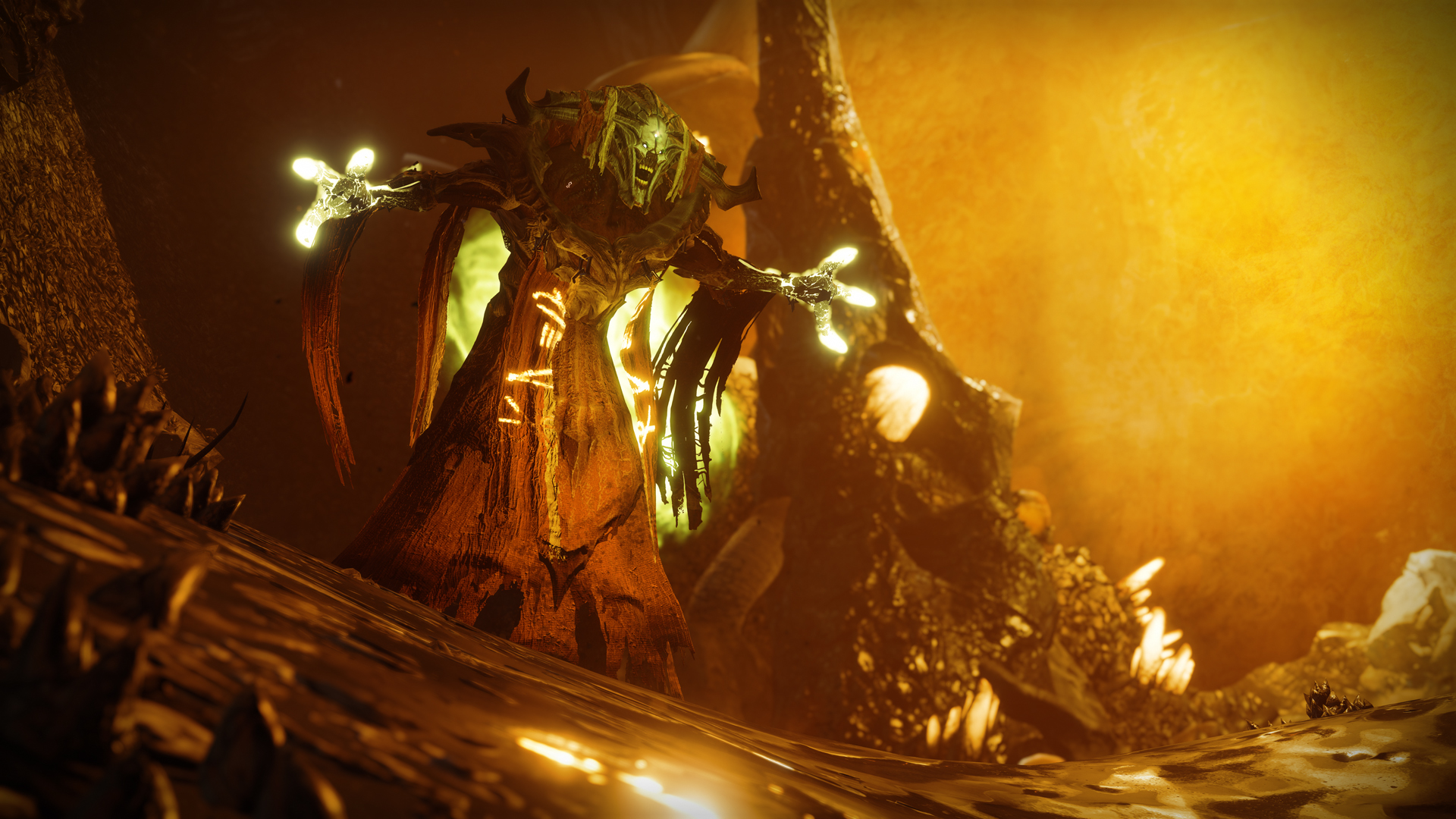
-
Destiny 2 Warmind
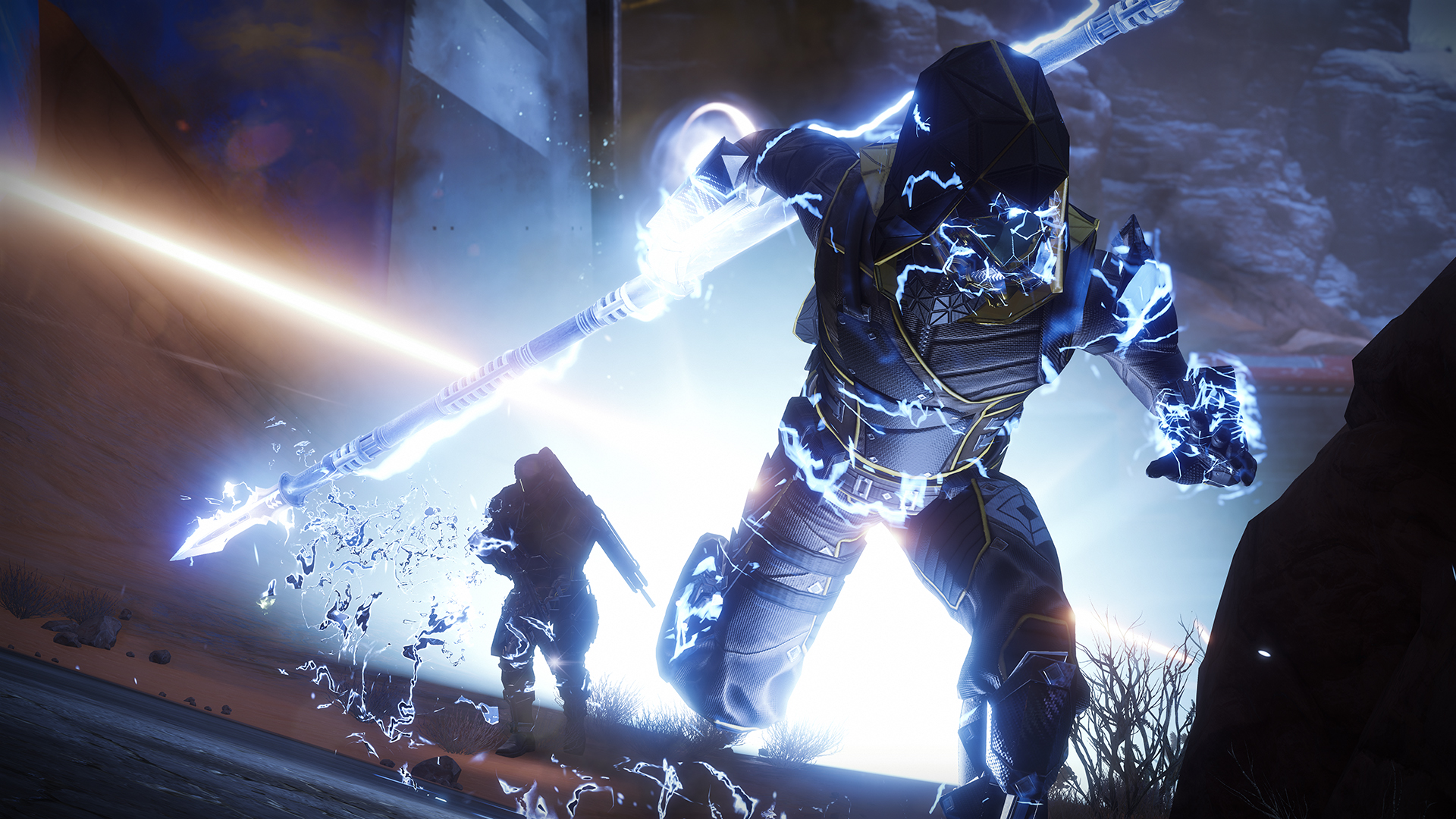
-
Destiny 2 Warmind
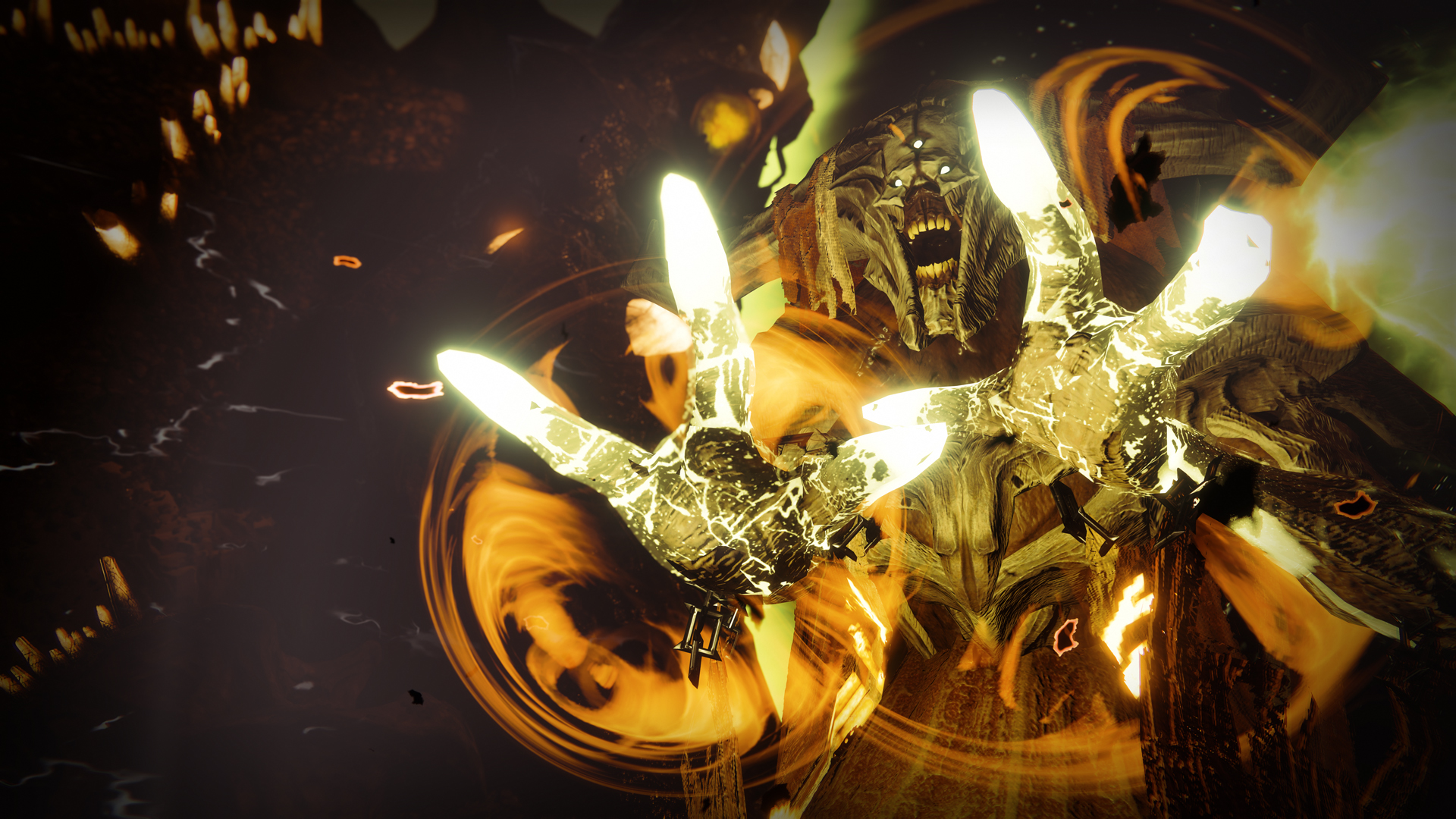
-
Destiny 2 Warmind
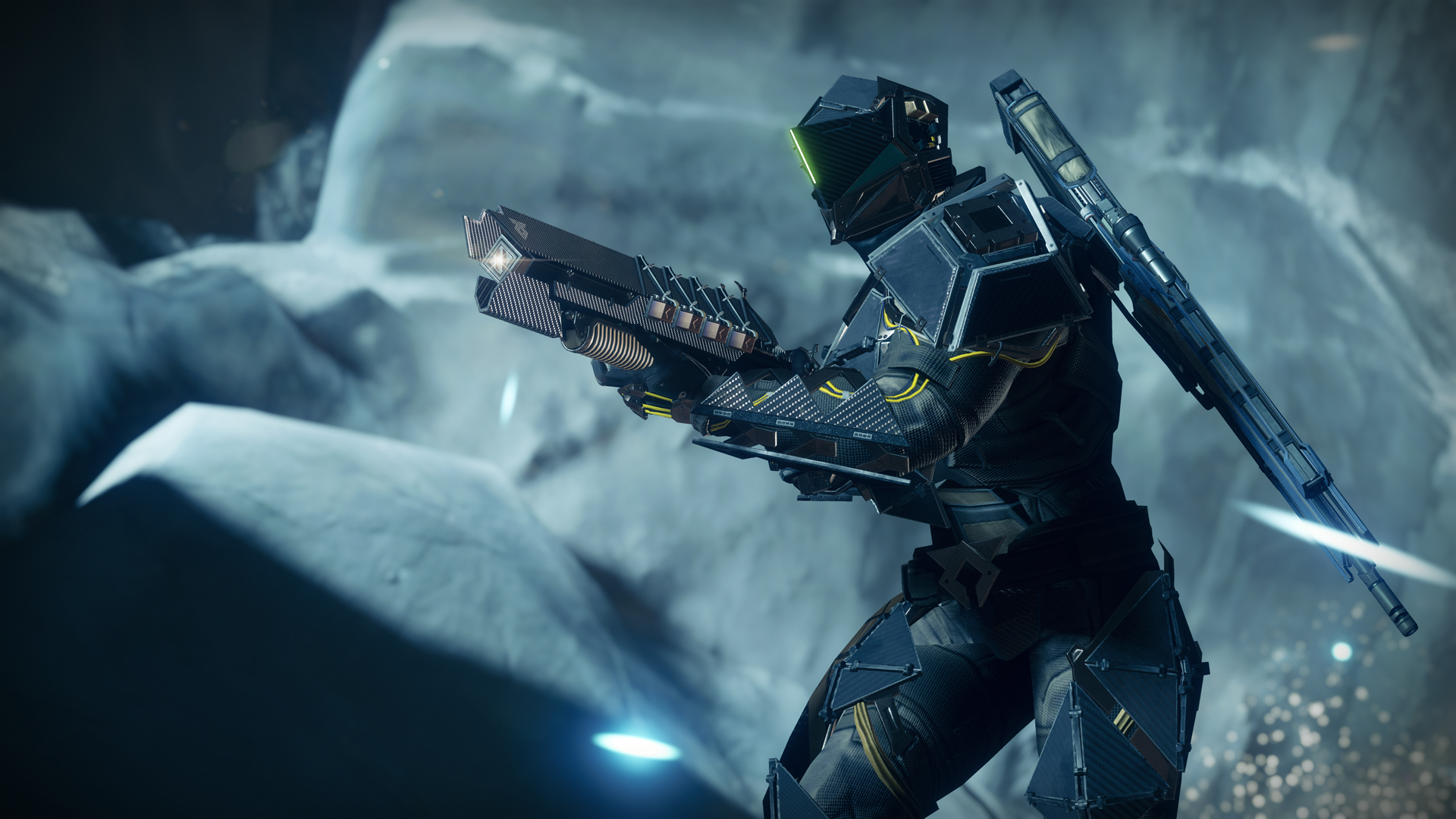
-
Destiny 2 Warmind
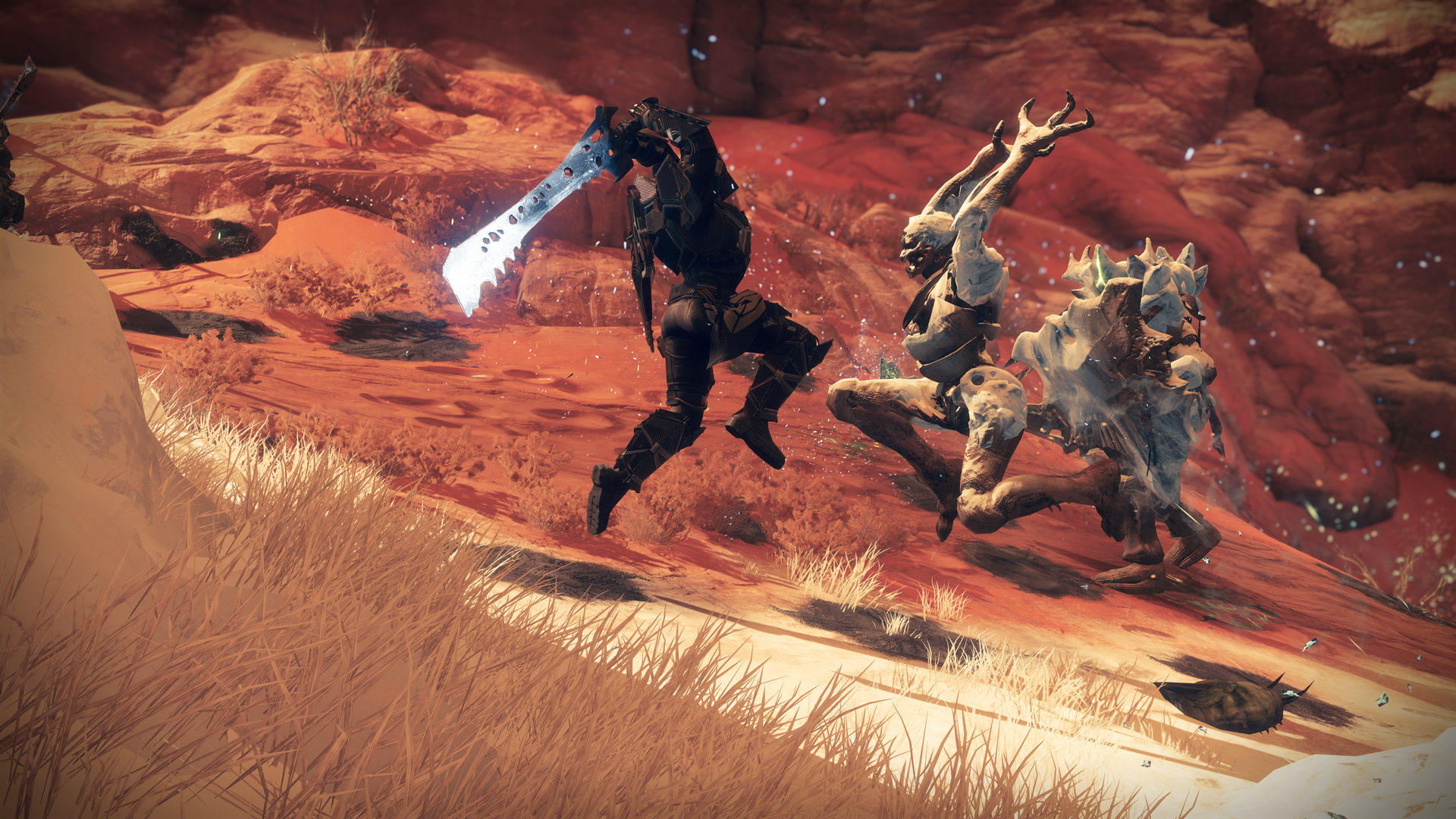
-
Destiny 2 Warmind
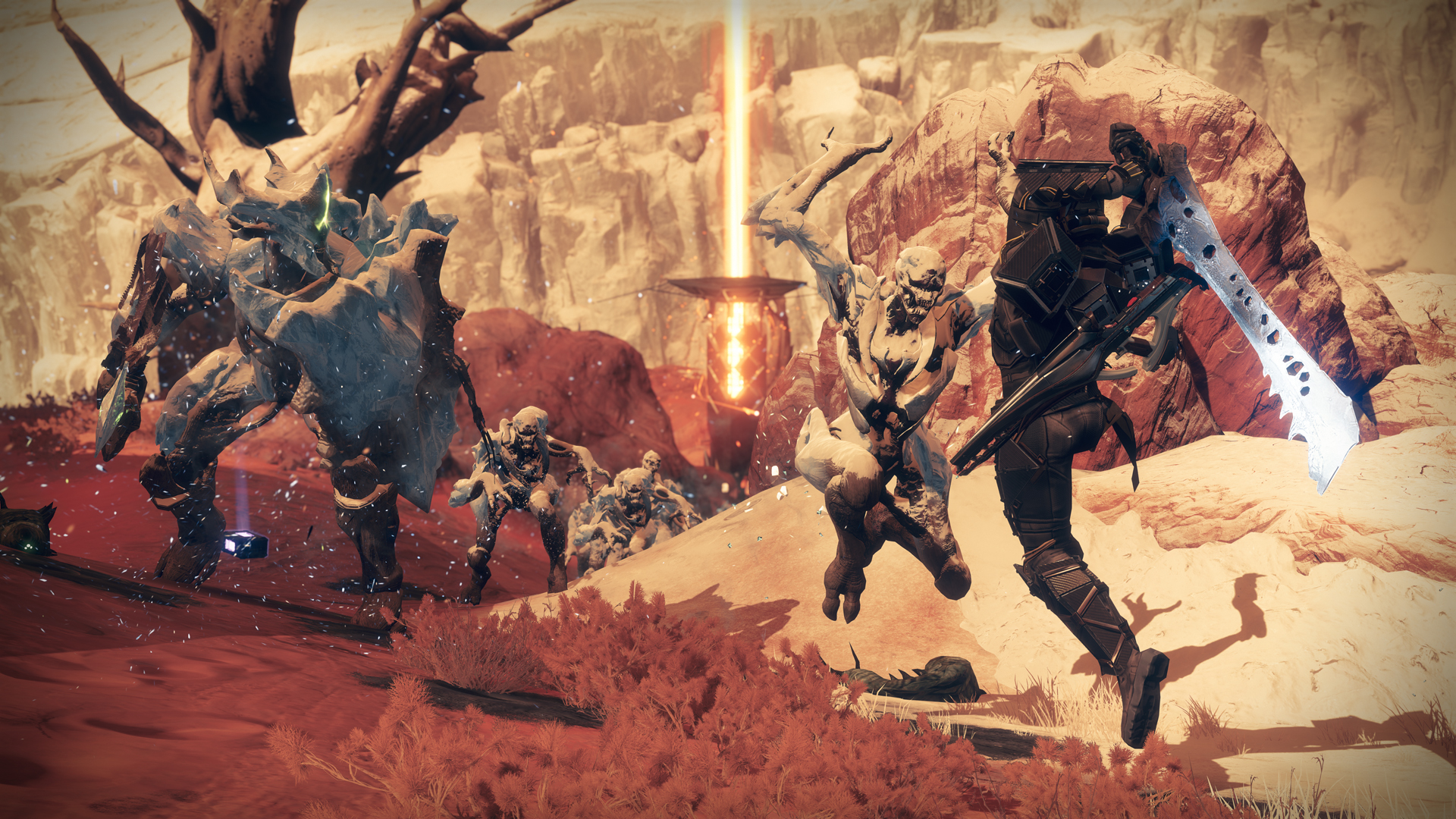
-
Destiny 2 Warmind
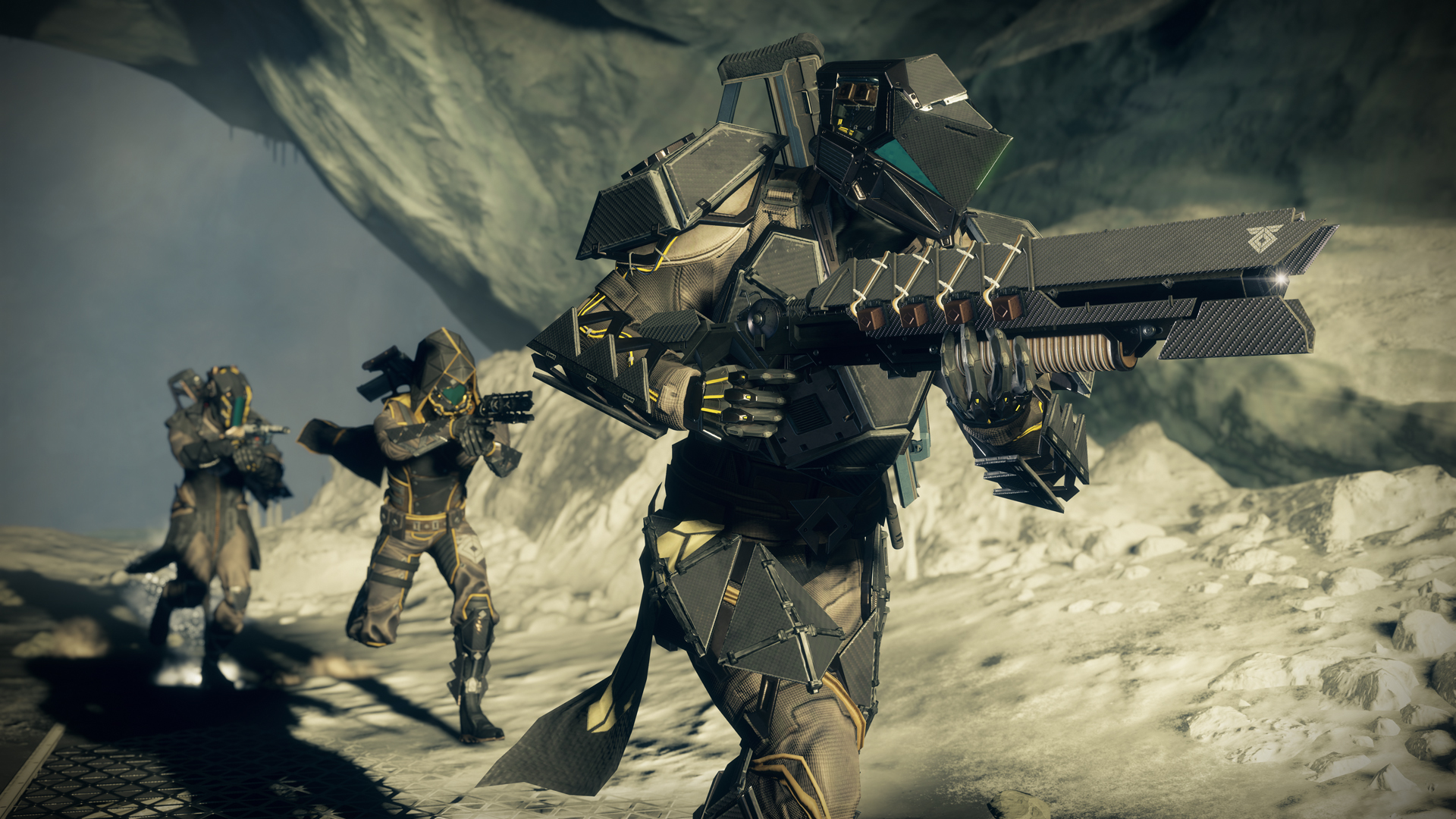
-
Destiny 2 Warmind
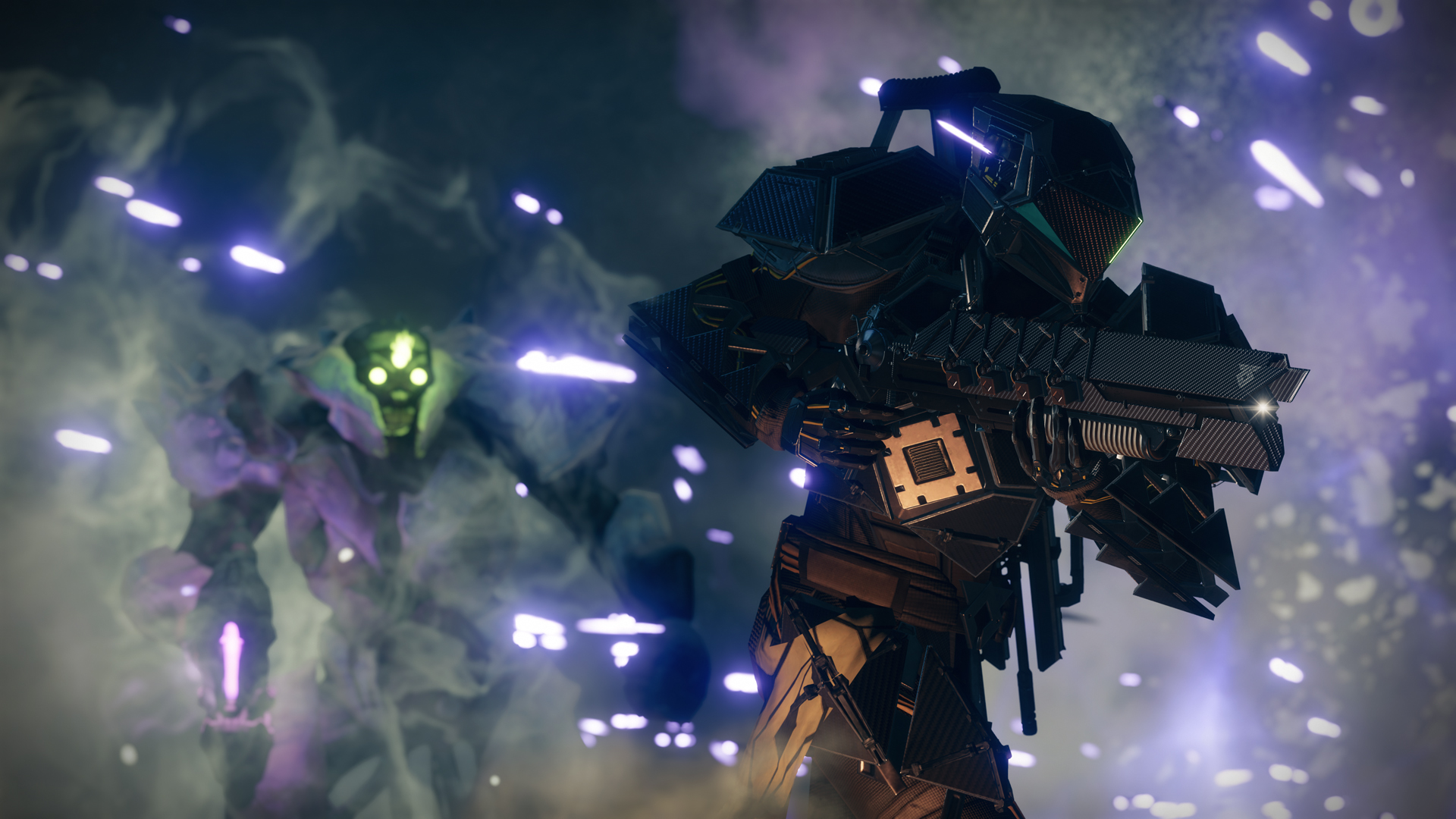
-
Destiny 2 Warmind
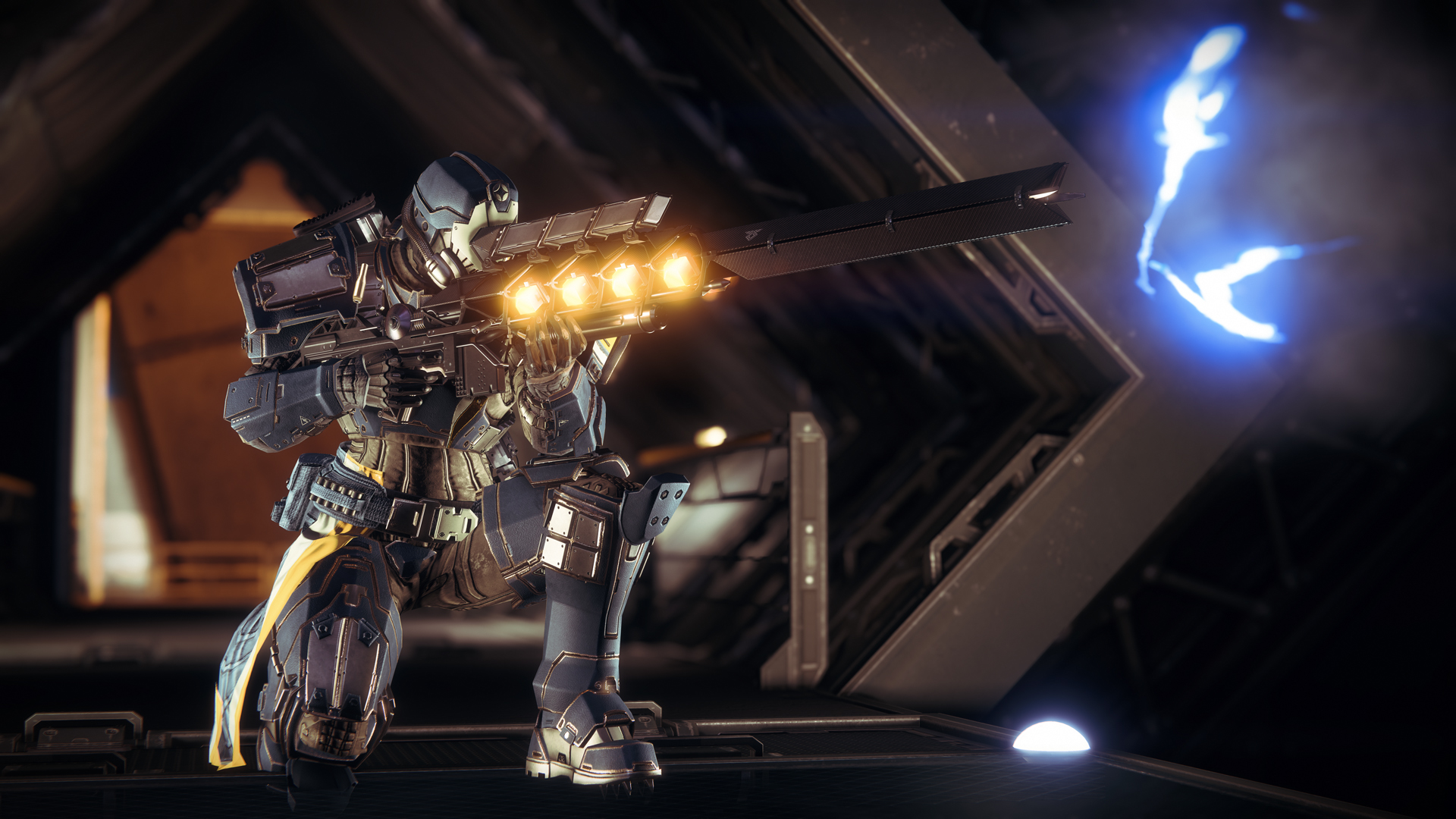
-
Destiny 2 Warmind
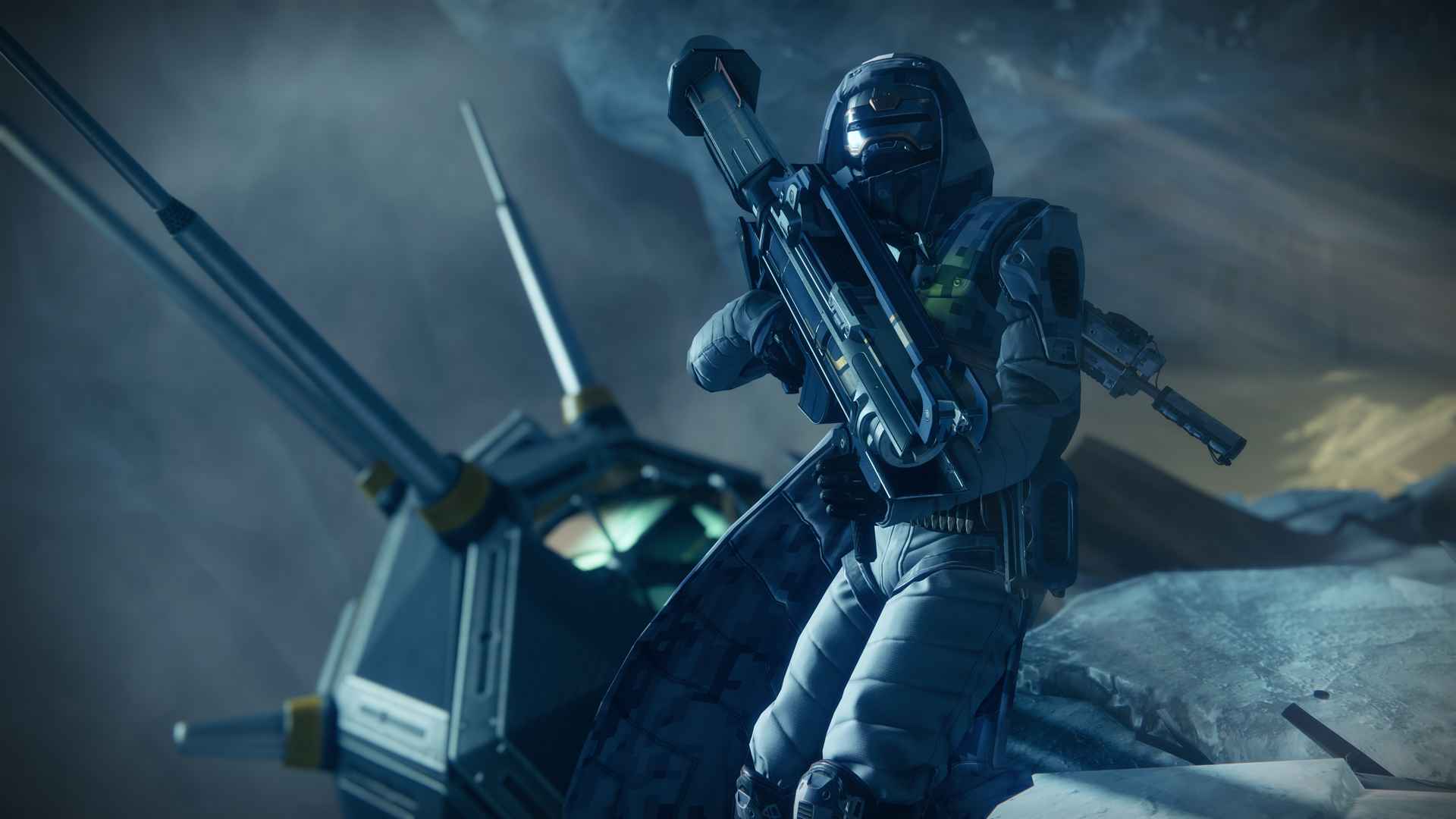
-
Destiny 2 Warmind
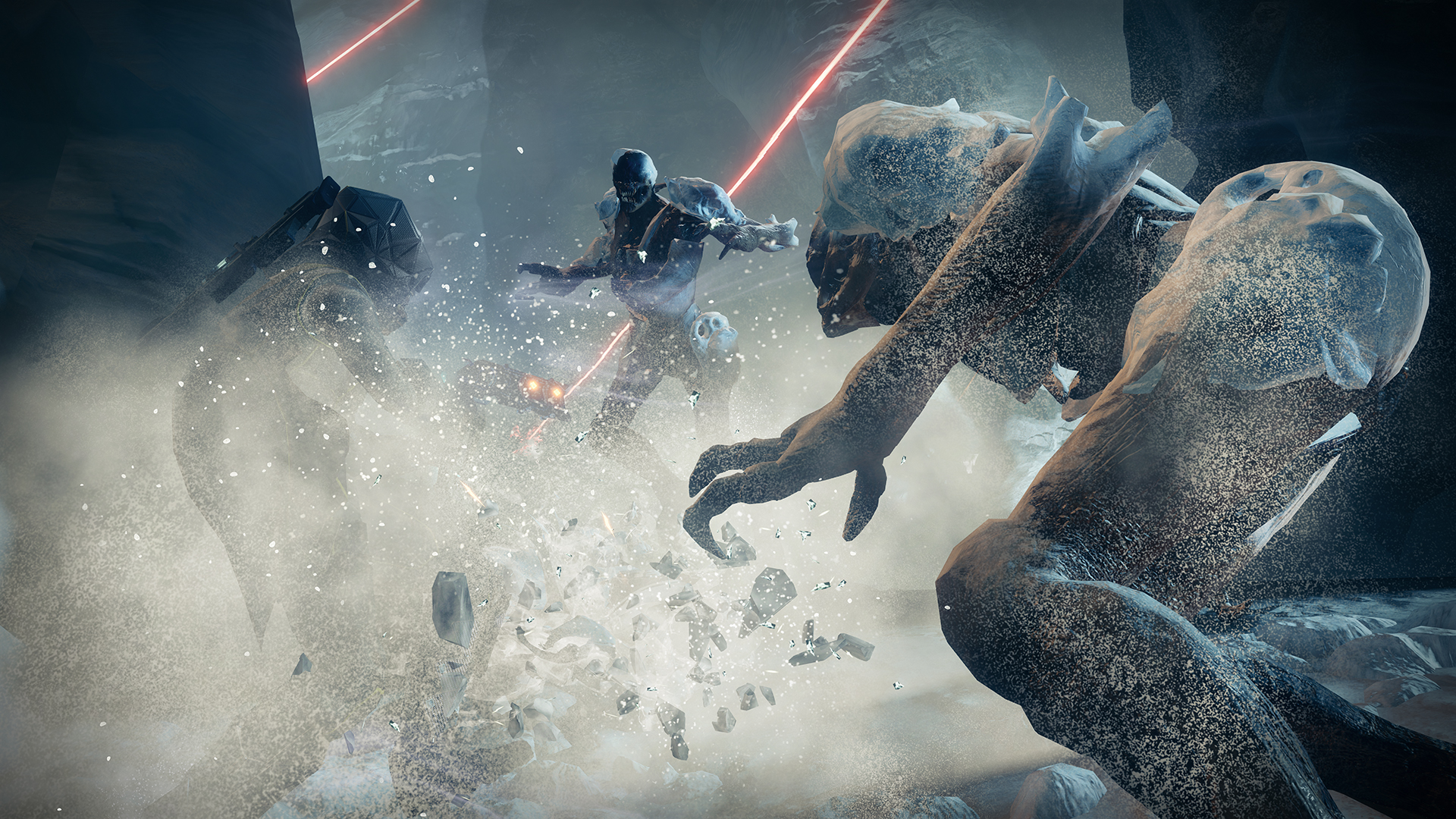
-
Destiny 2 Warmind
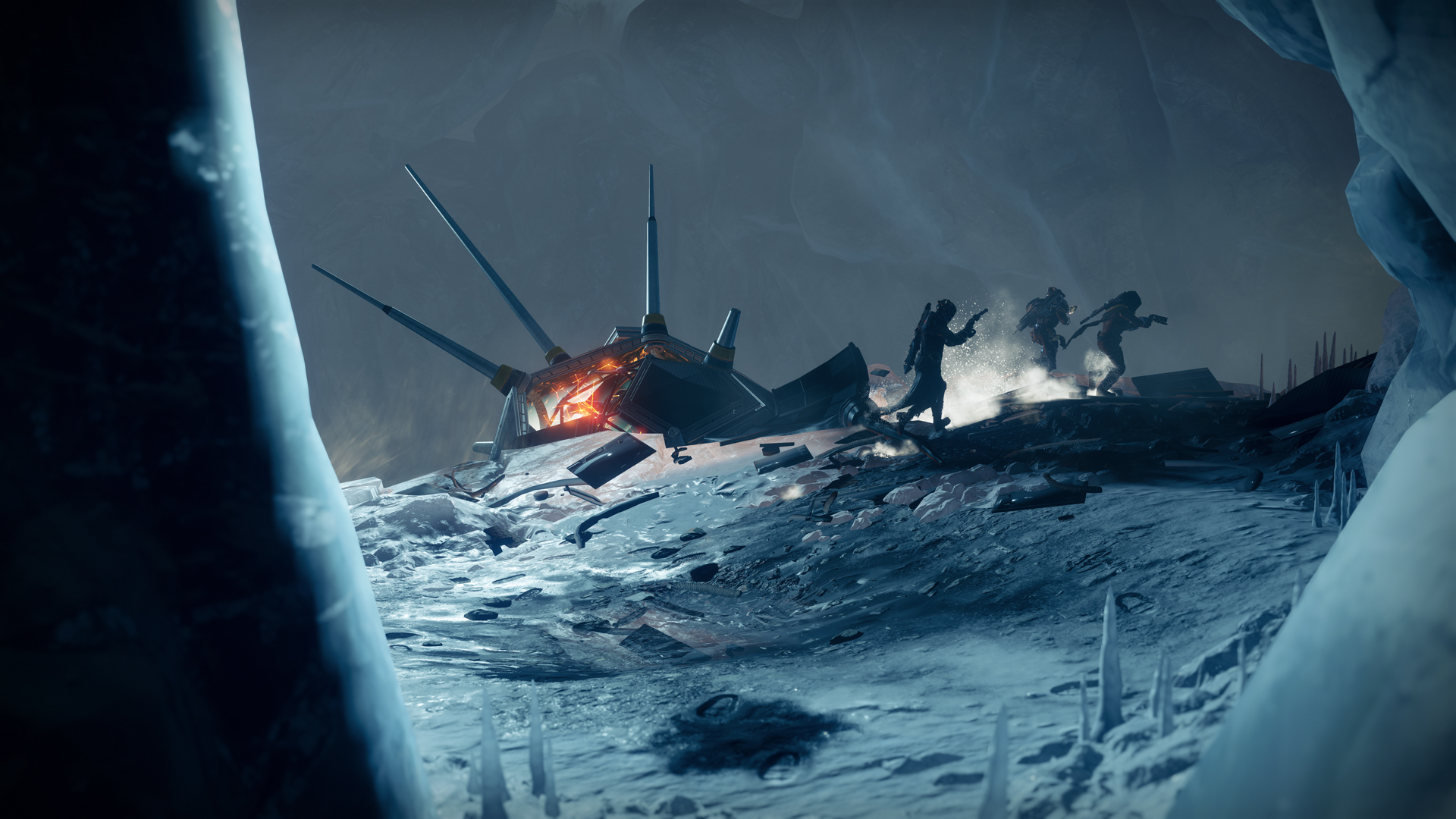
-
Destiny 2 Warmind
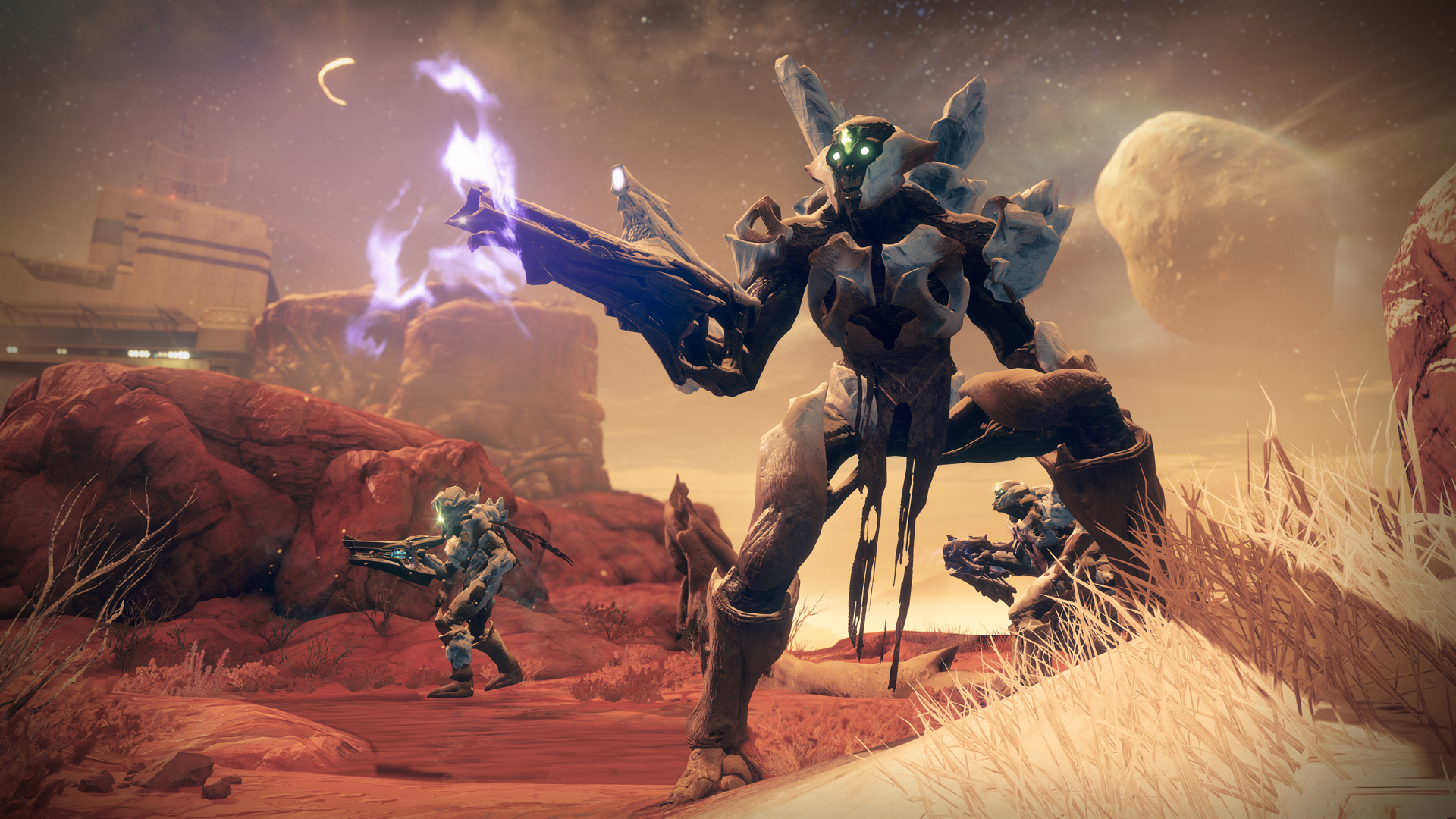
-
Destiny 2 Warmind
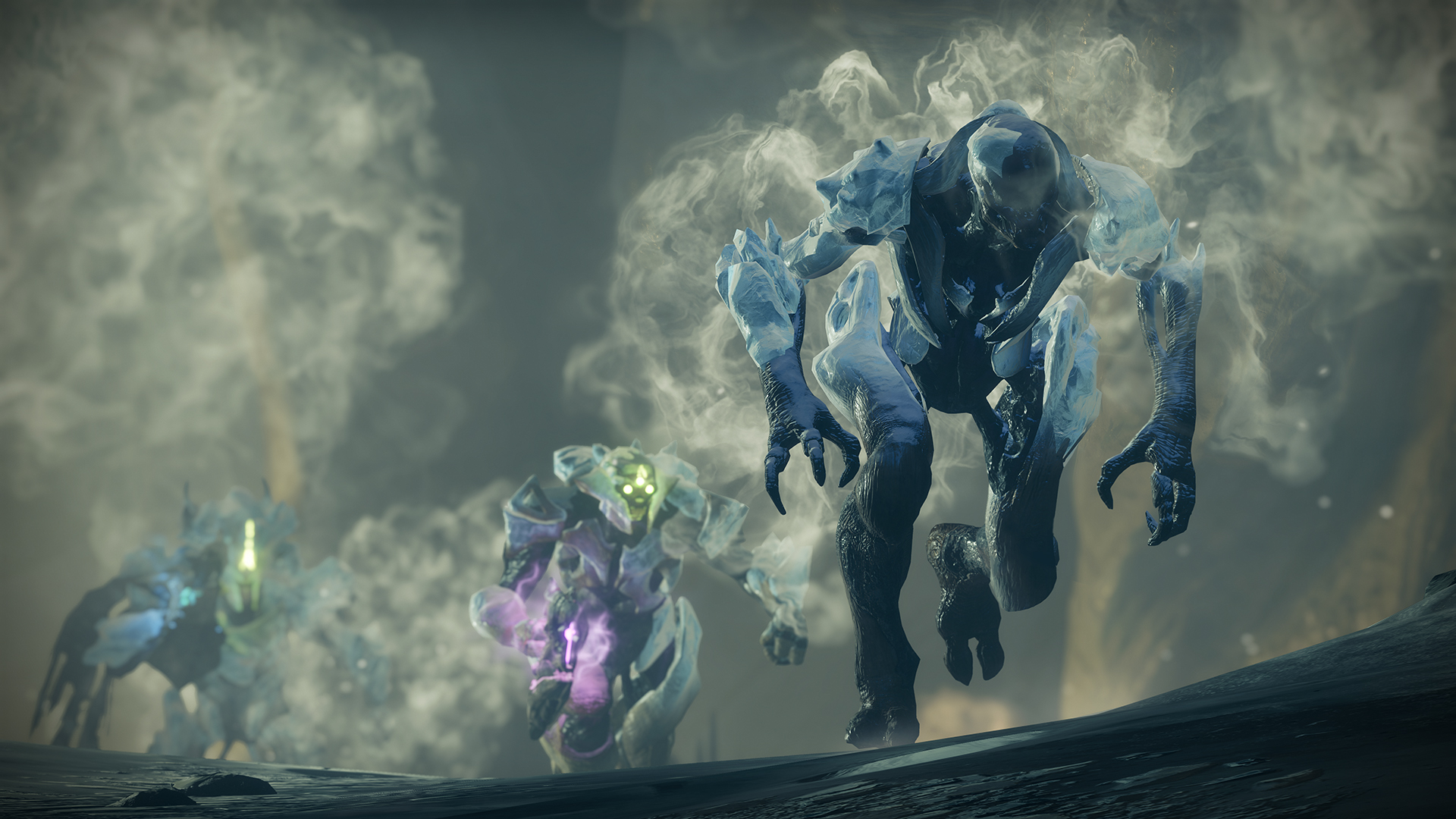
-
Destiny 2 Warmind
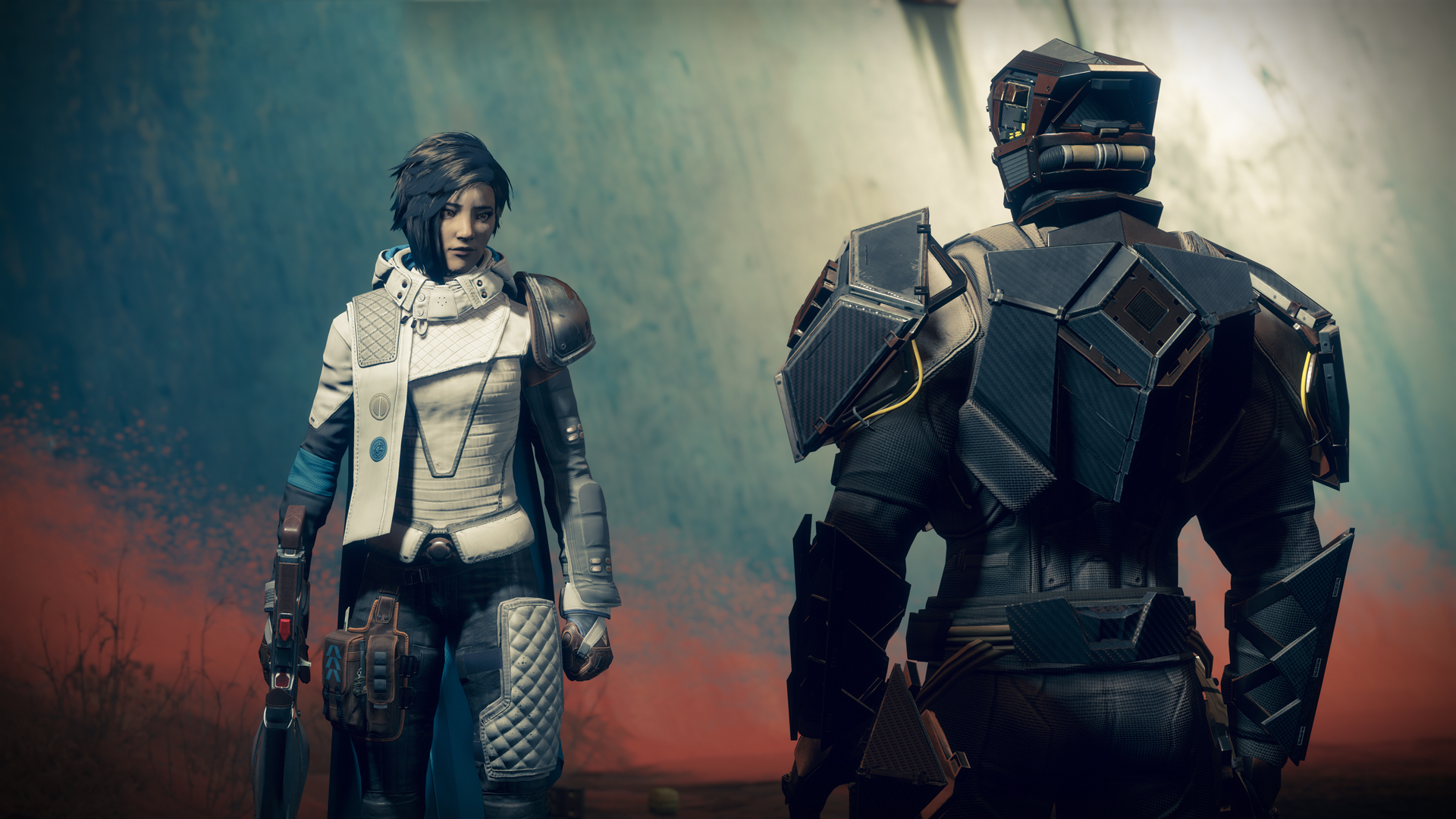
-
Destiny 2 Warmind
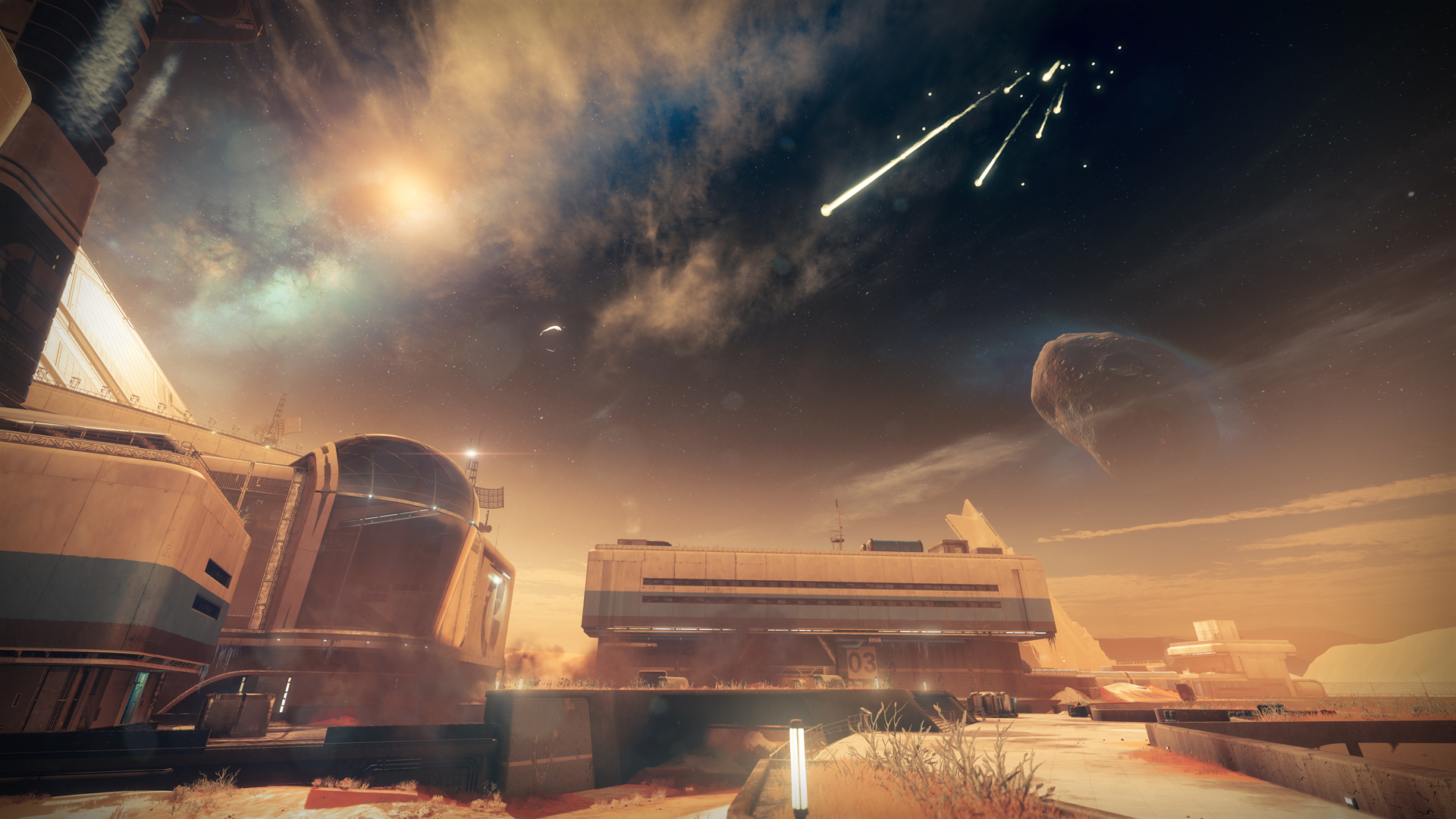
-
Destiny 2 Warmind
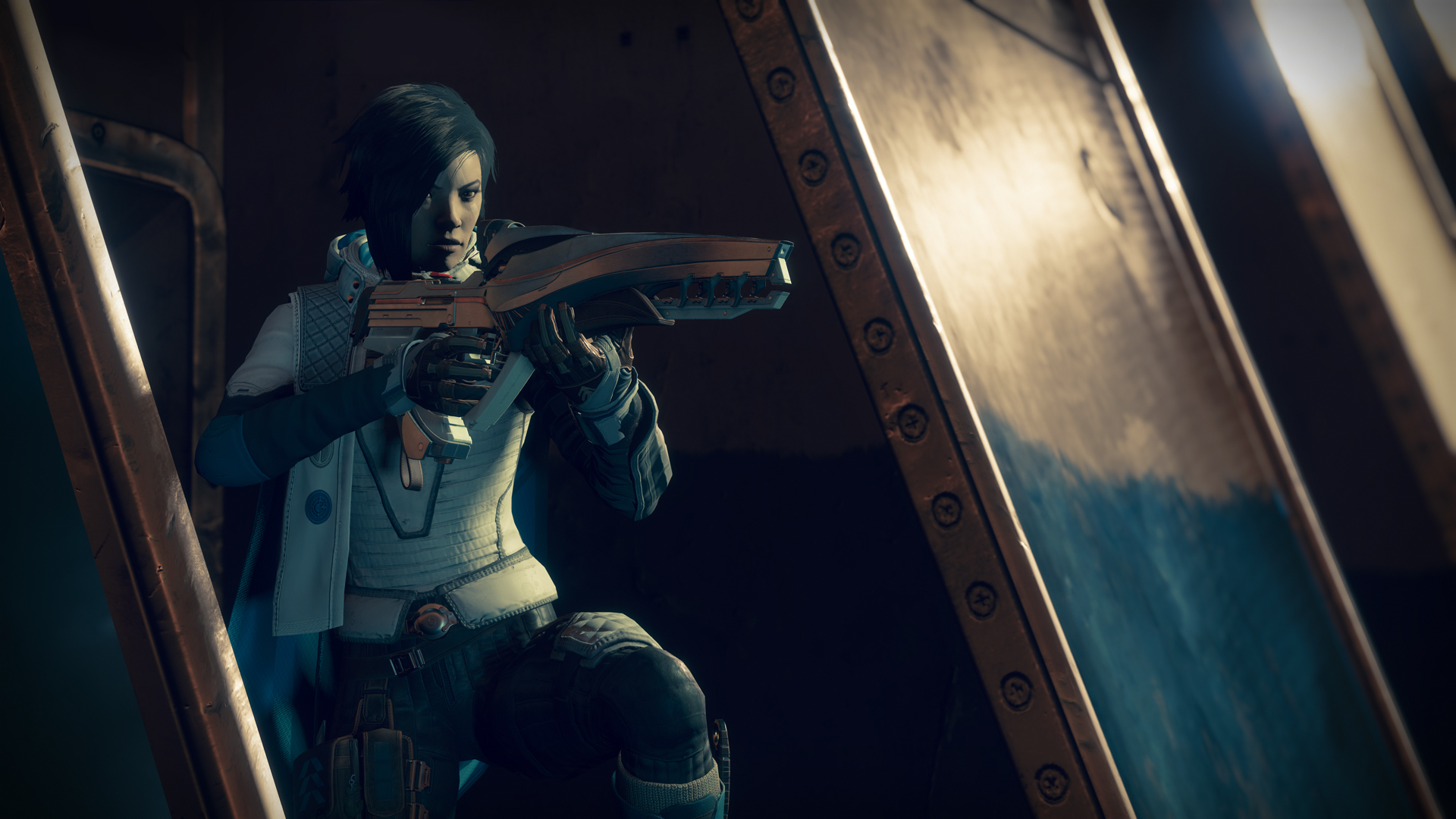
-
Destiny 2 Warmind
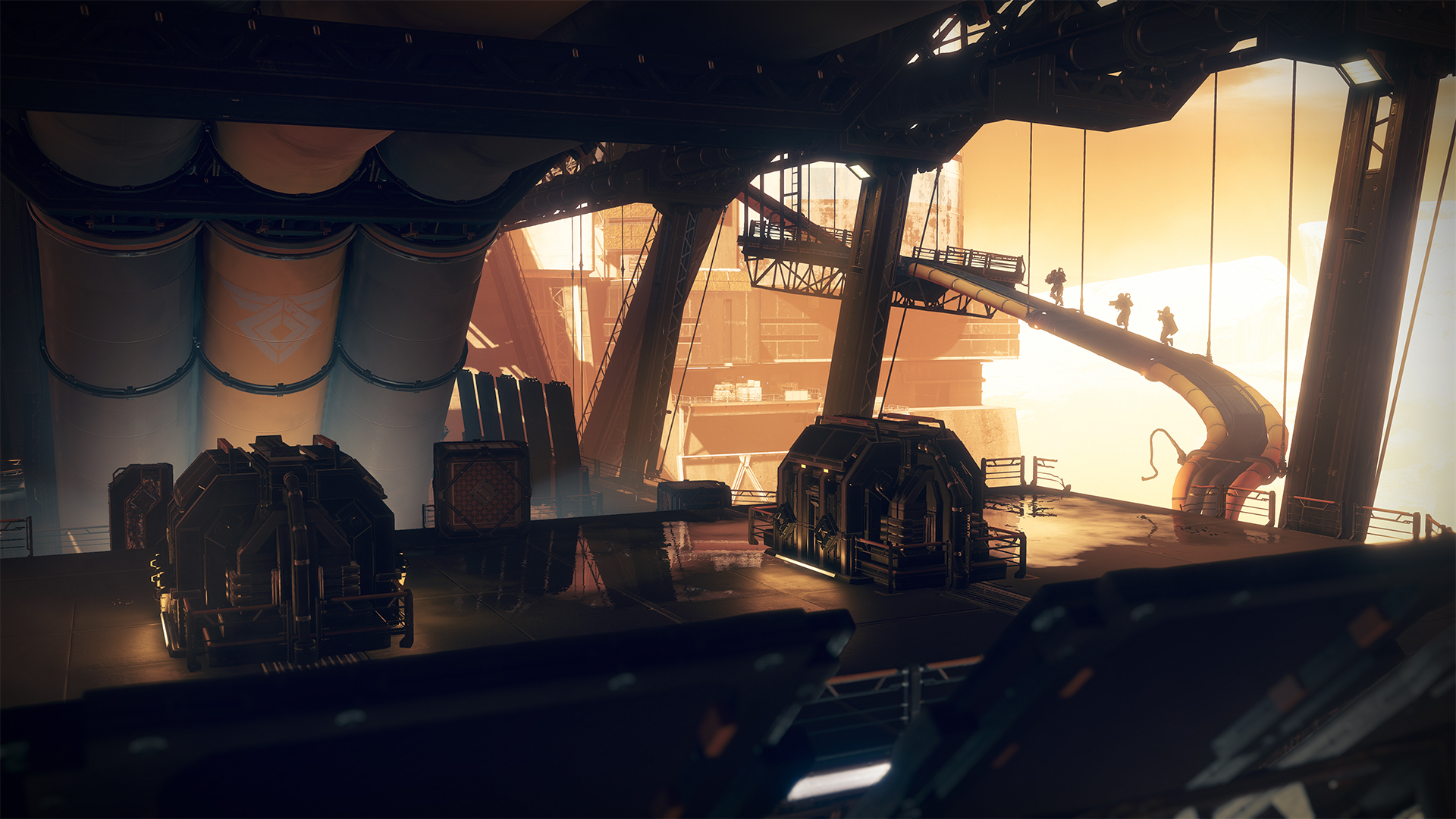
-
Destiny 2 Warmind
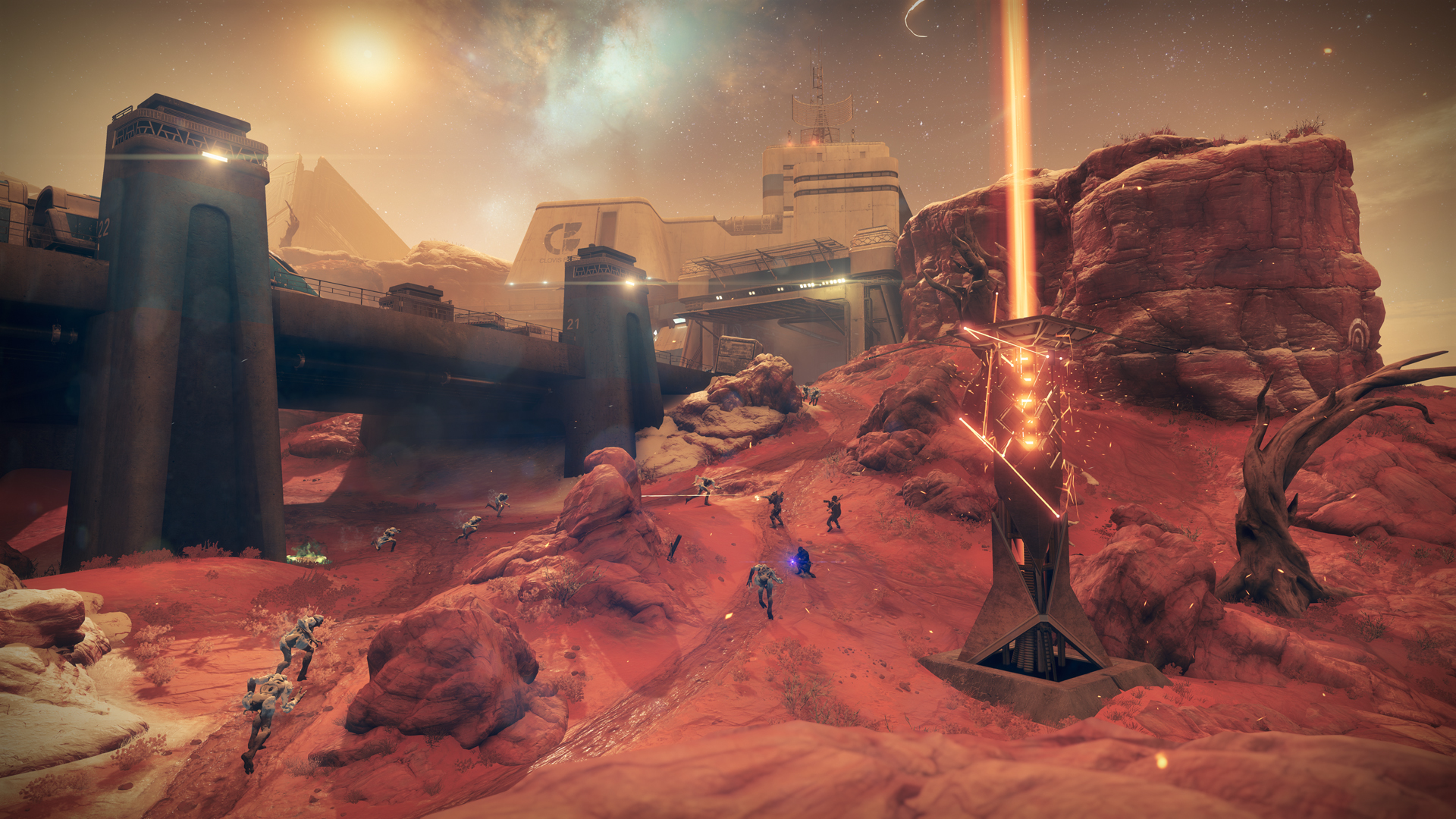
-
Destiny 2 Warmind
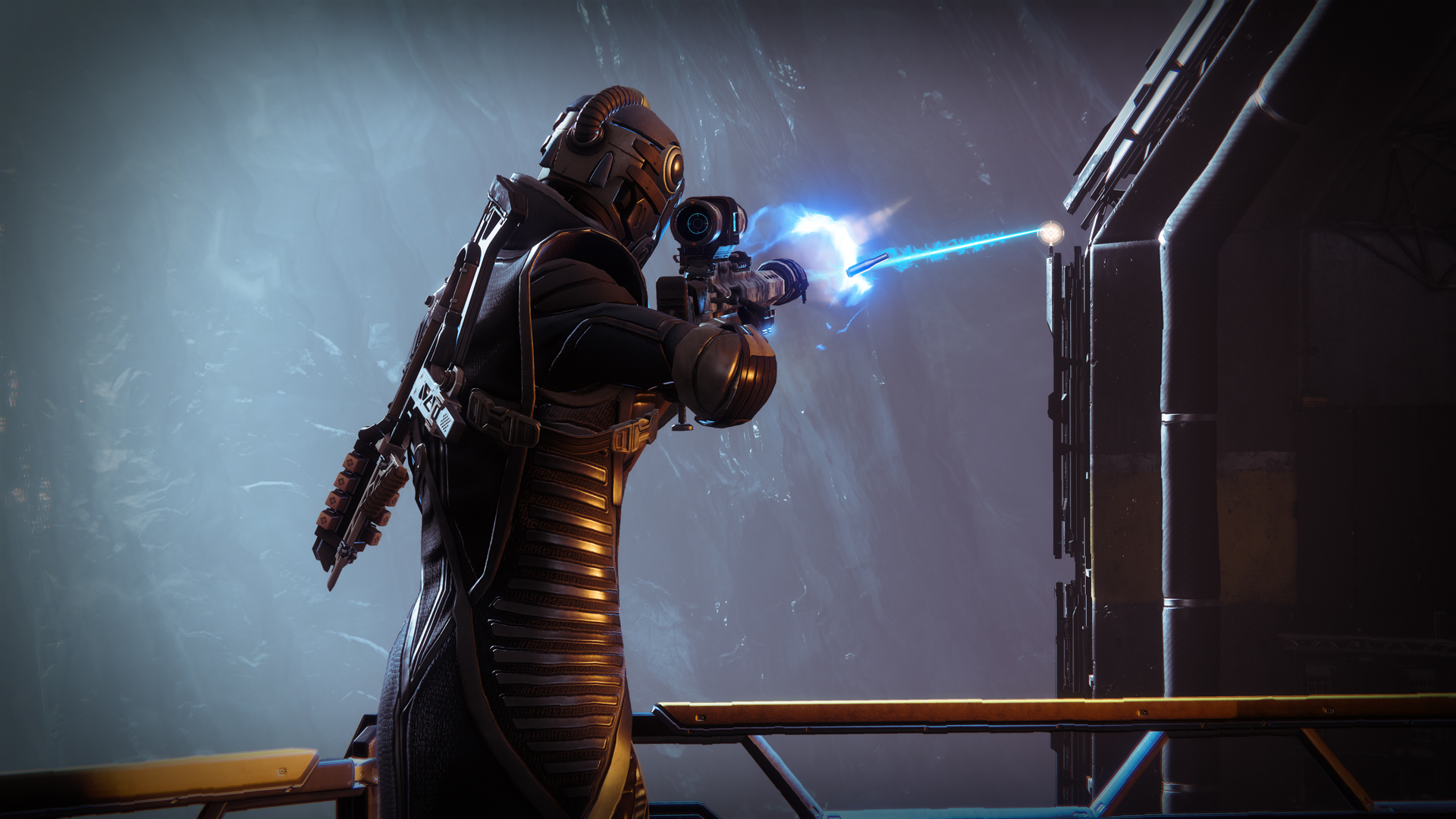
-
Destiny 2 Warmind
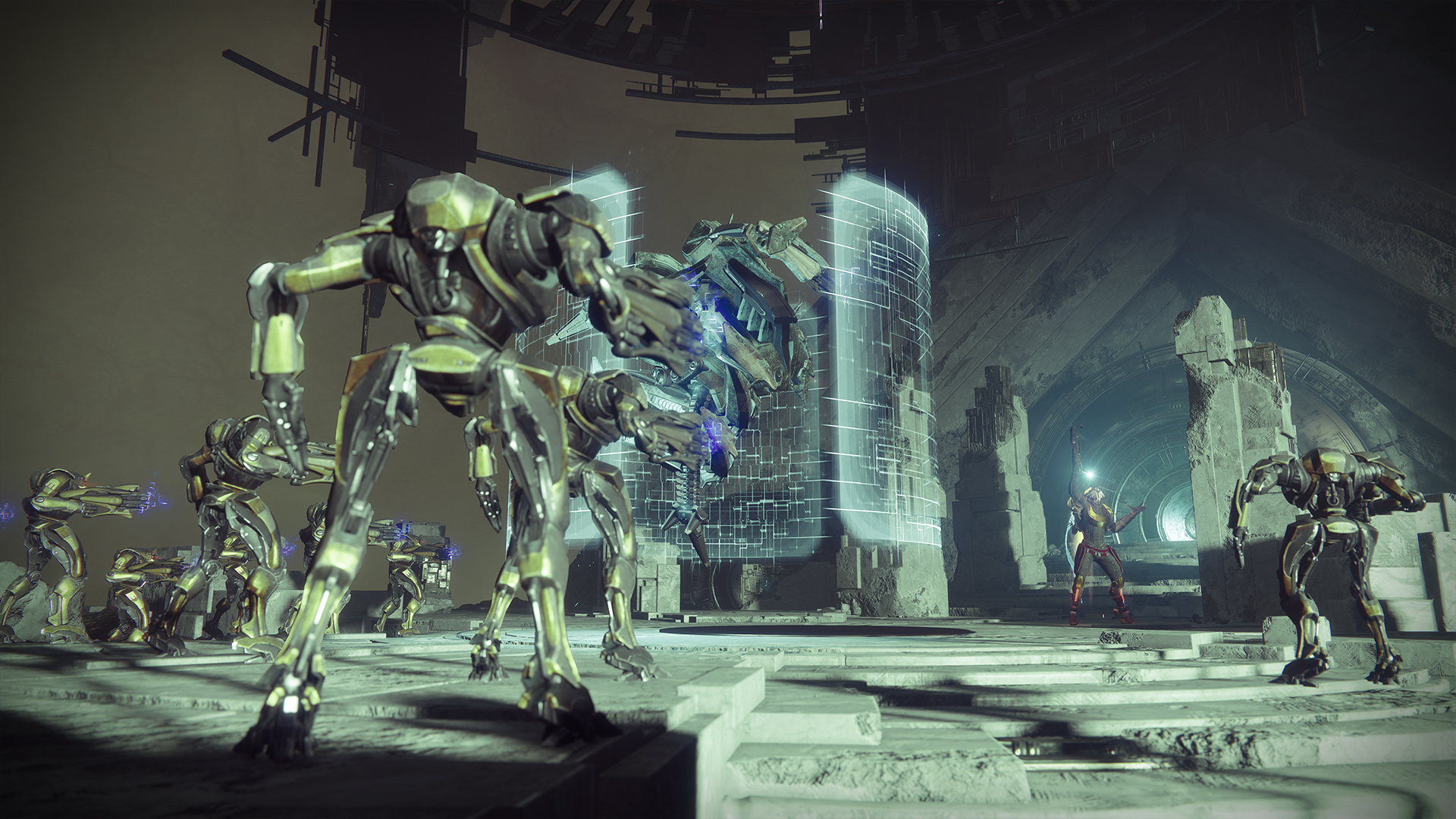
-
Destiny 2 Warmind
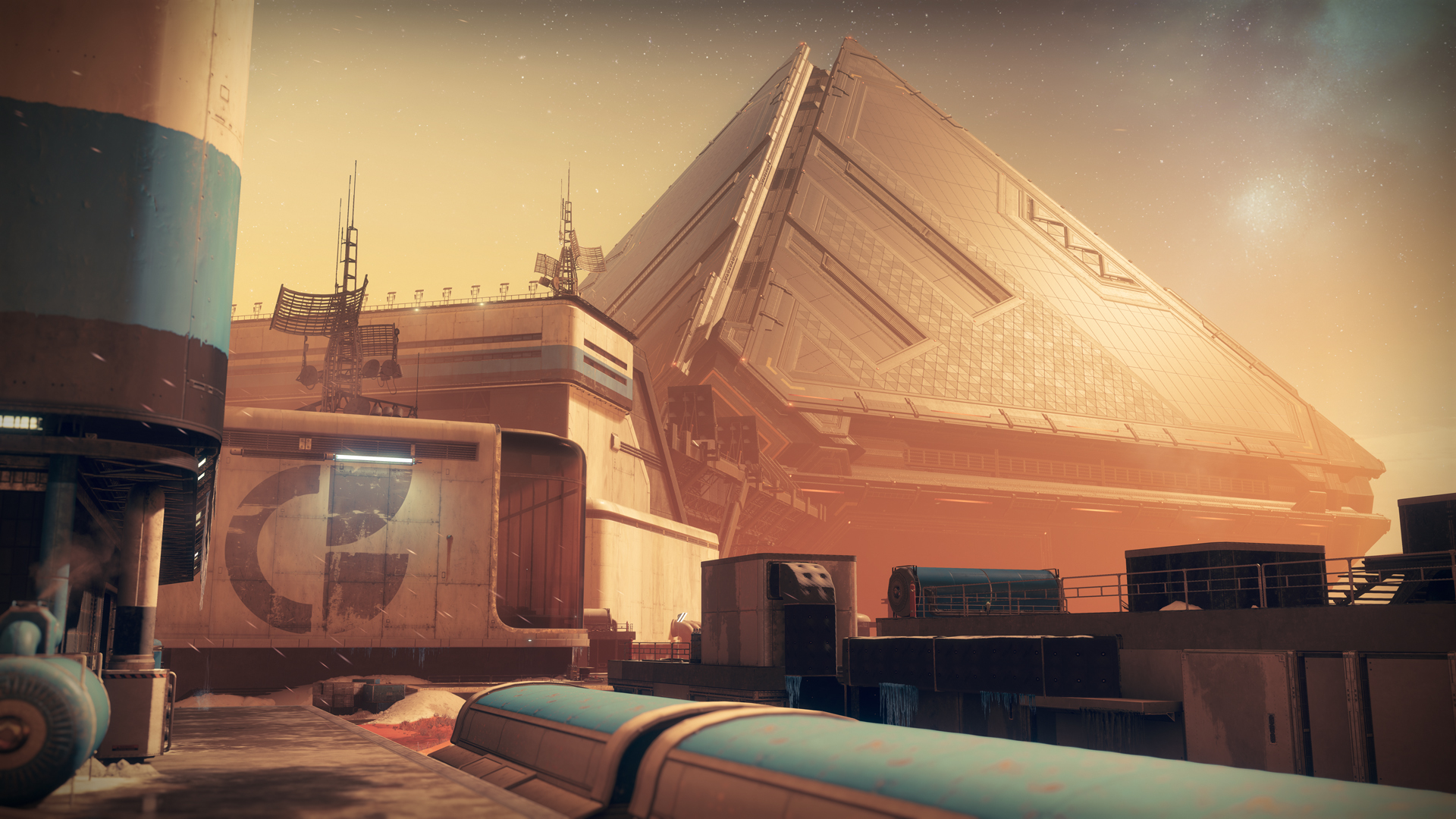
-
Destiny 2 Warmind
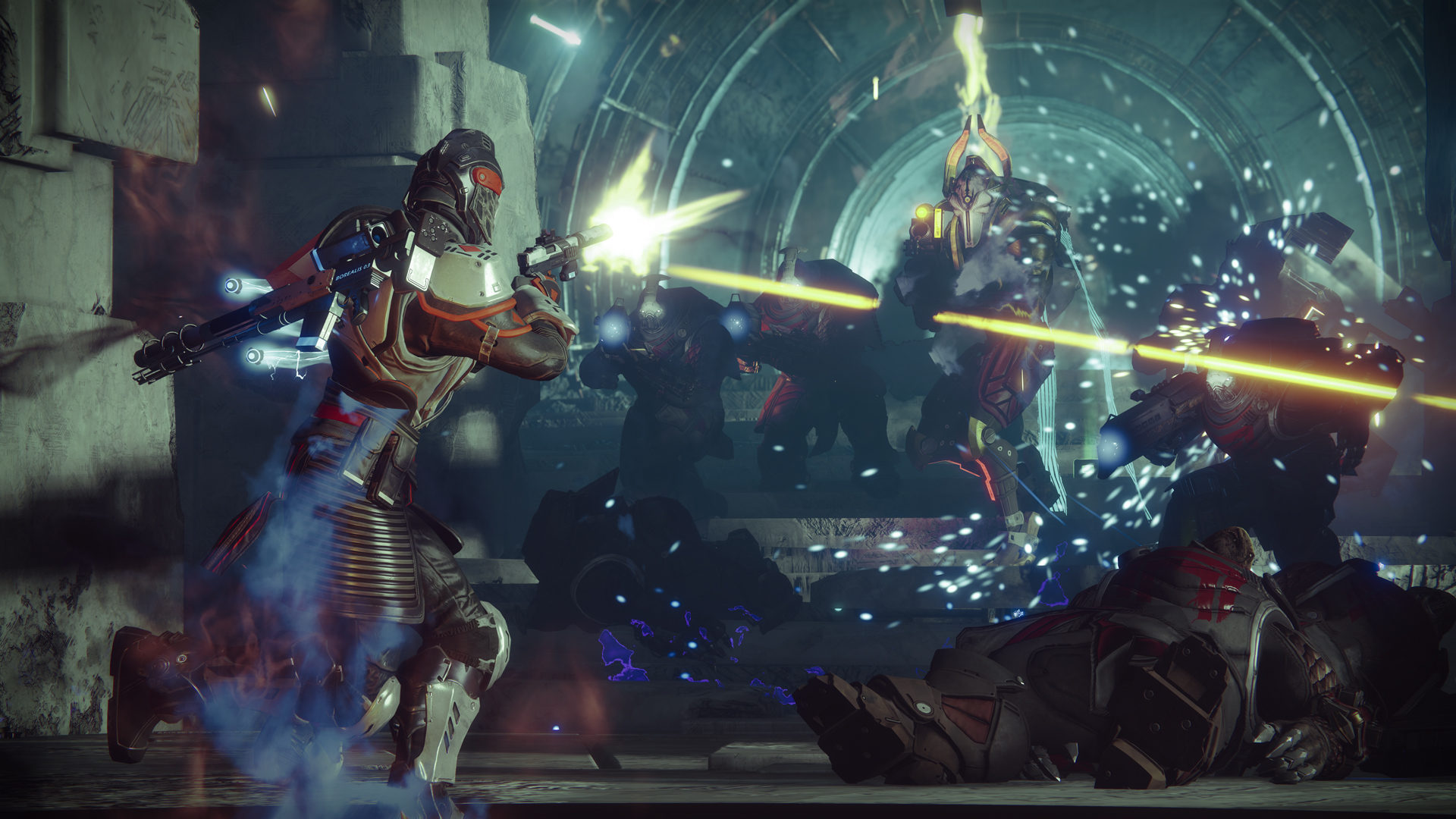
-
Destiny 2 Warmind
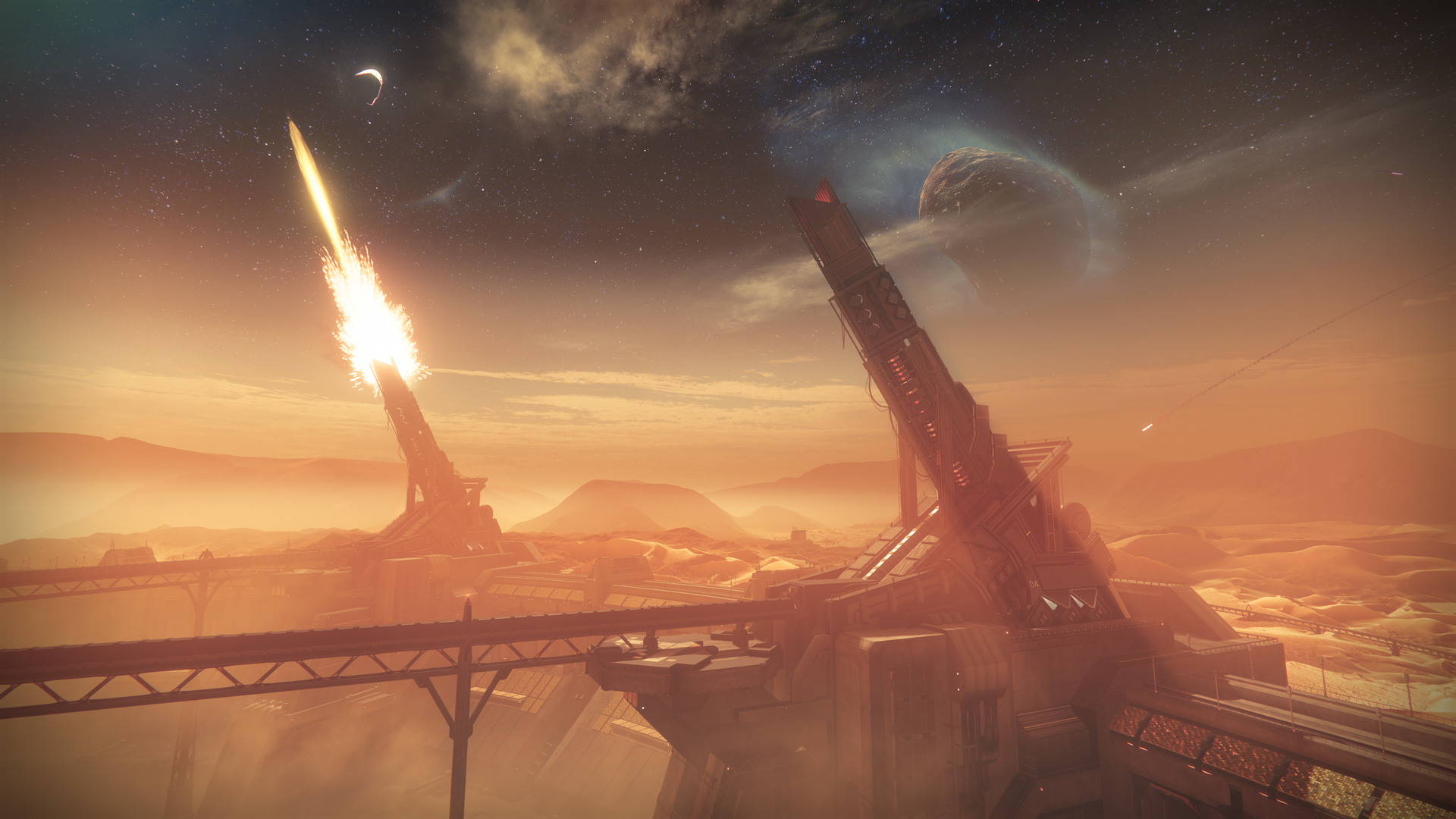
-
Destiny 2 Warmind
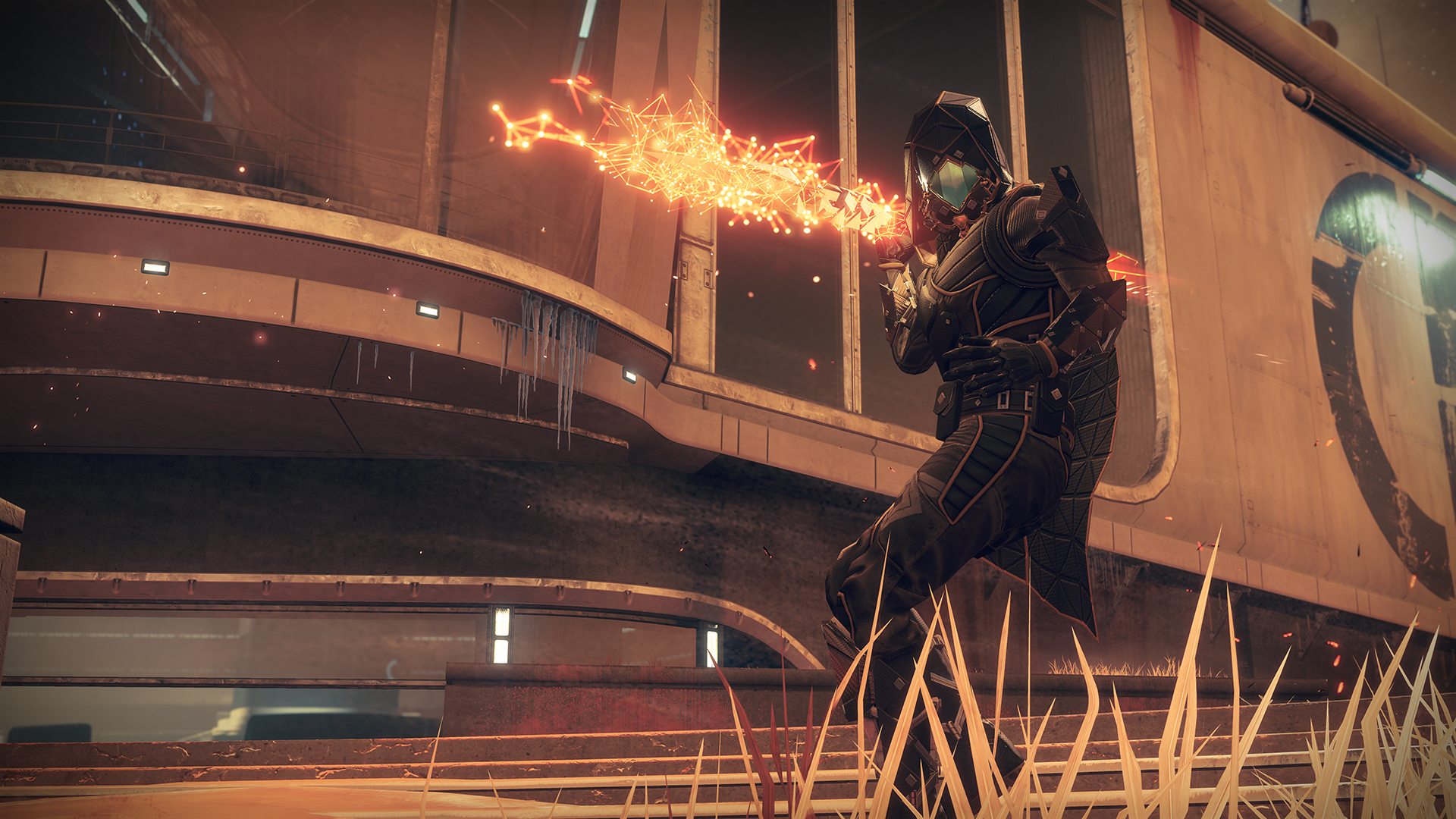
-
Destiny 2 Warmind
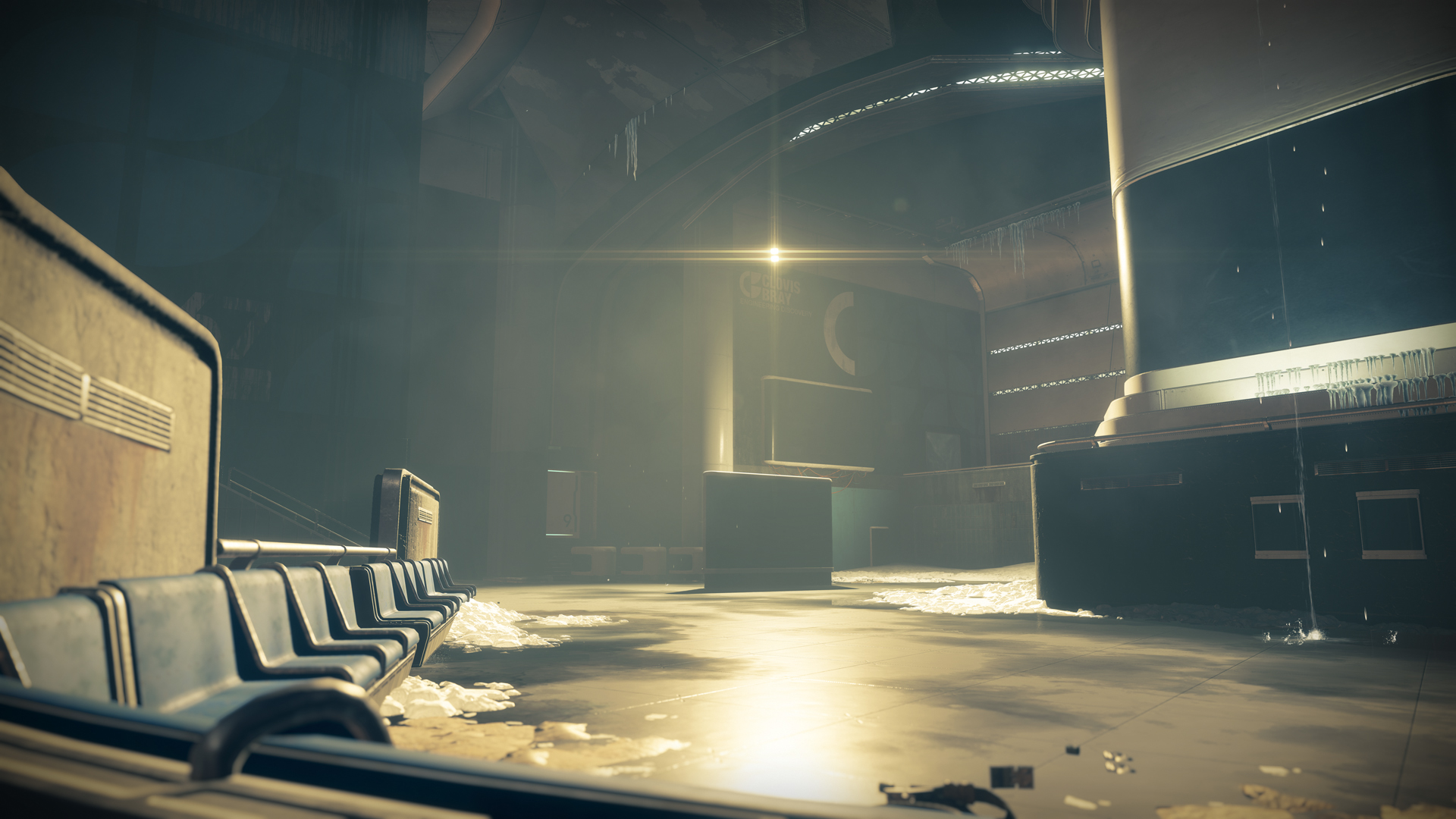
-
Destiny 2 Warmind
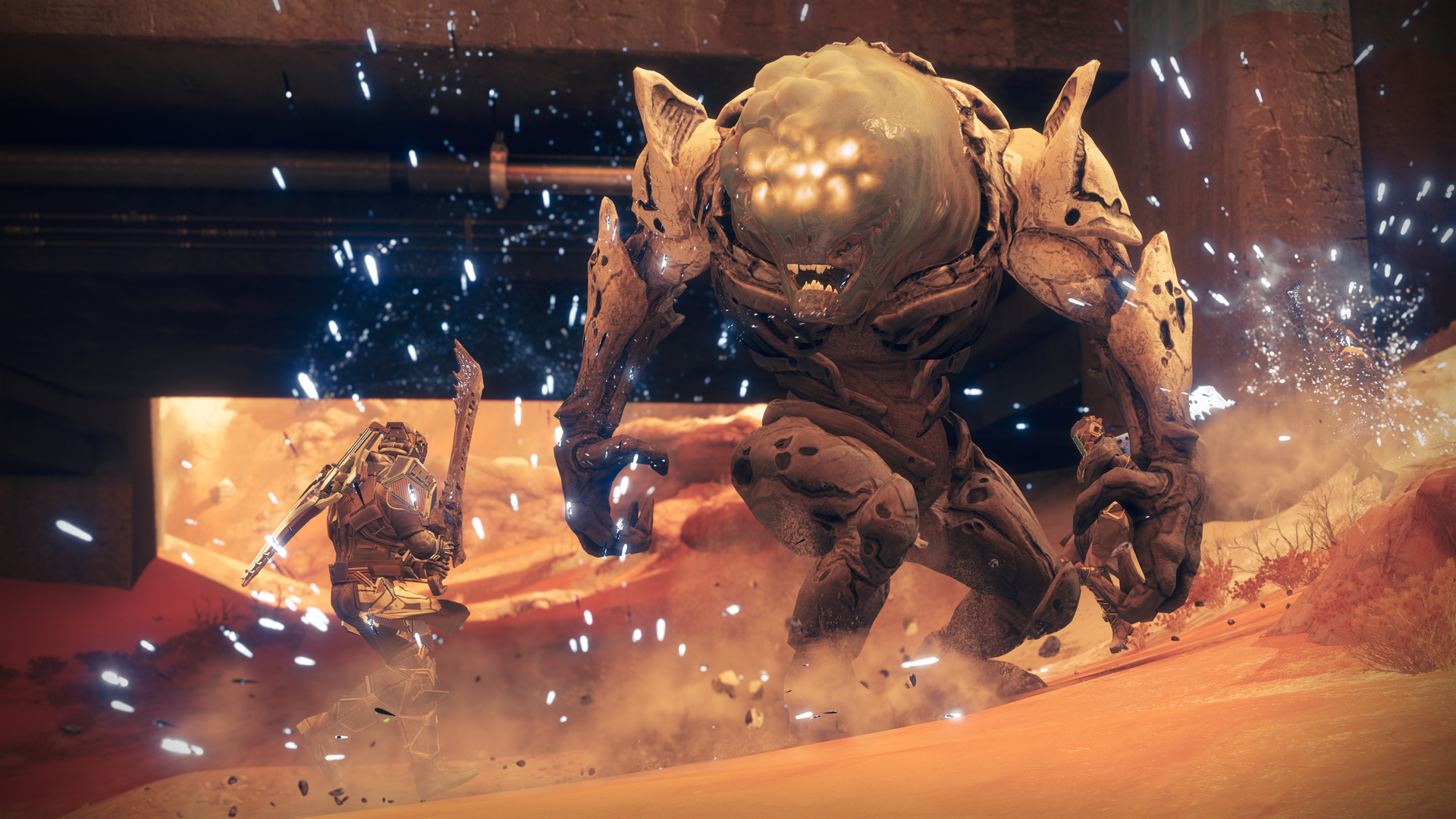
-
Destiny 2 Warmind
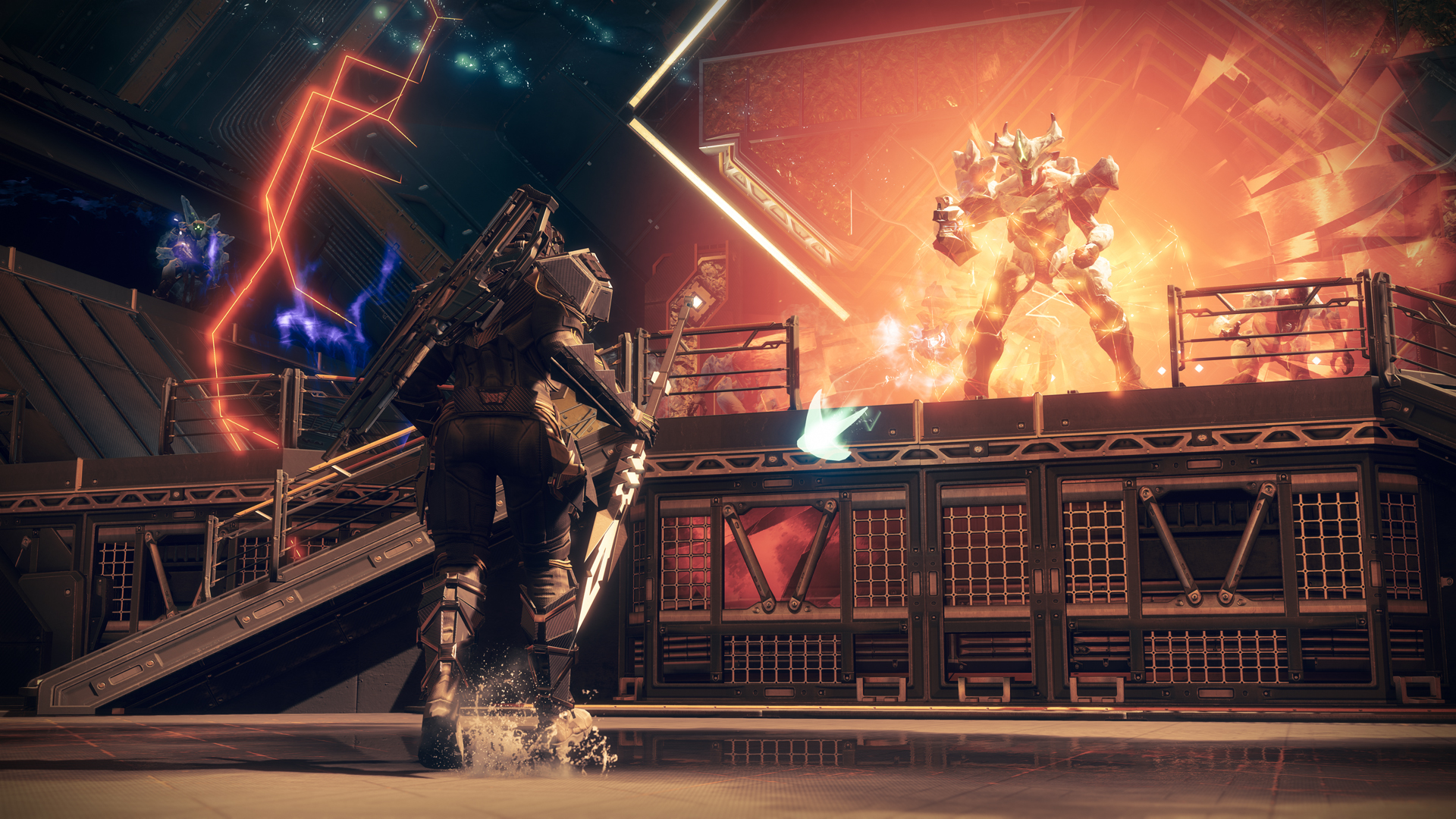
-
Destiny 2 Warmind
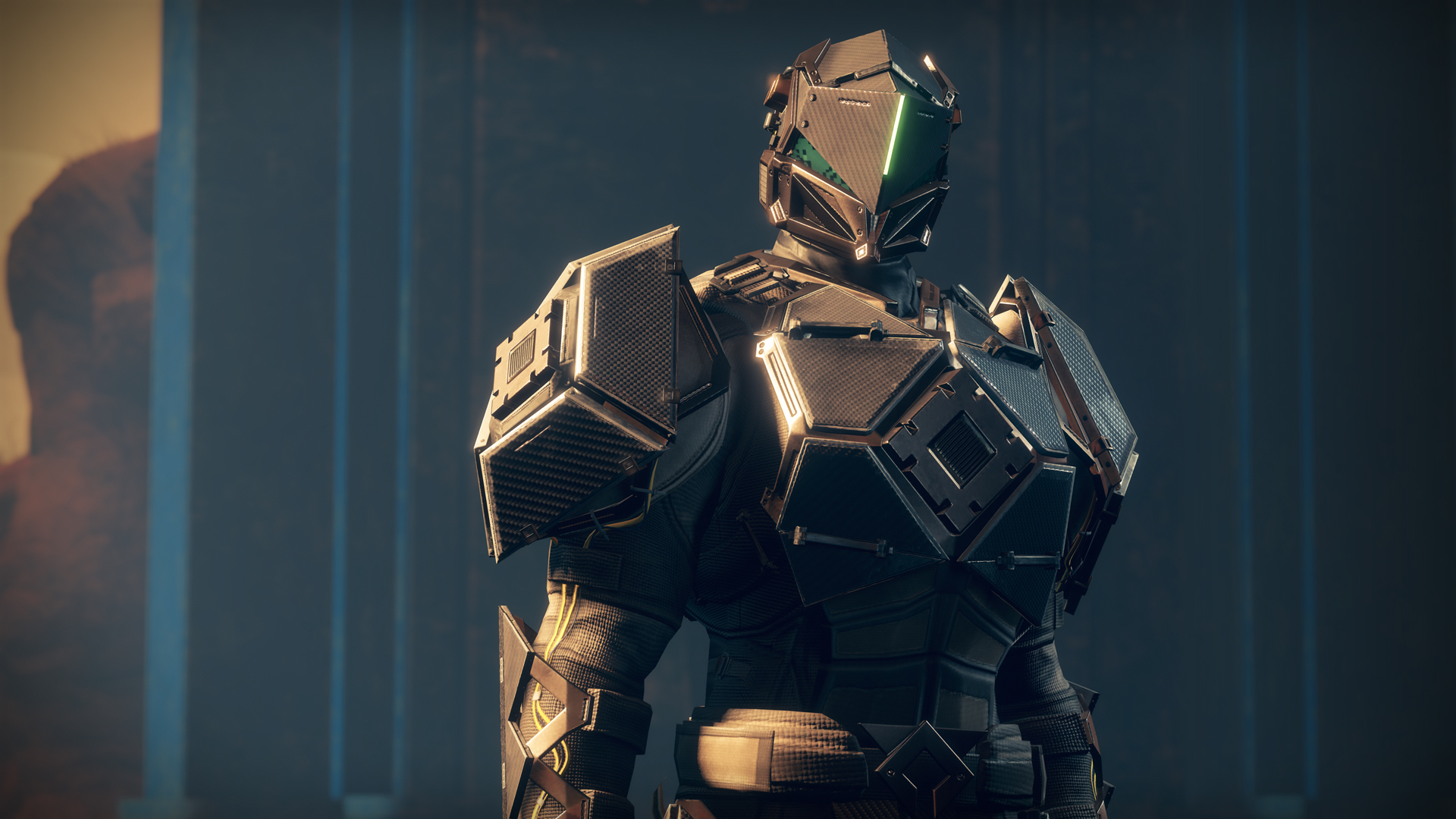
-
Destiny 2 Warmind
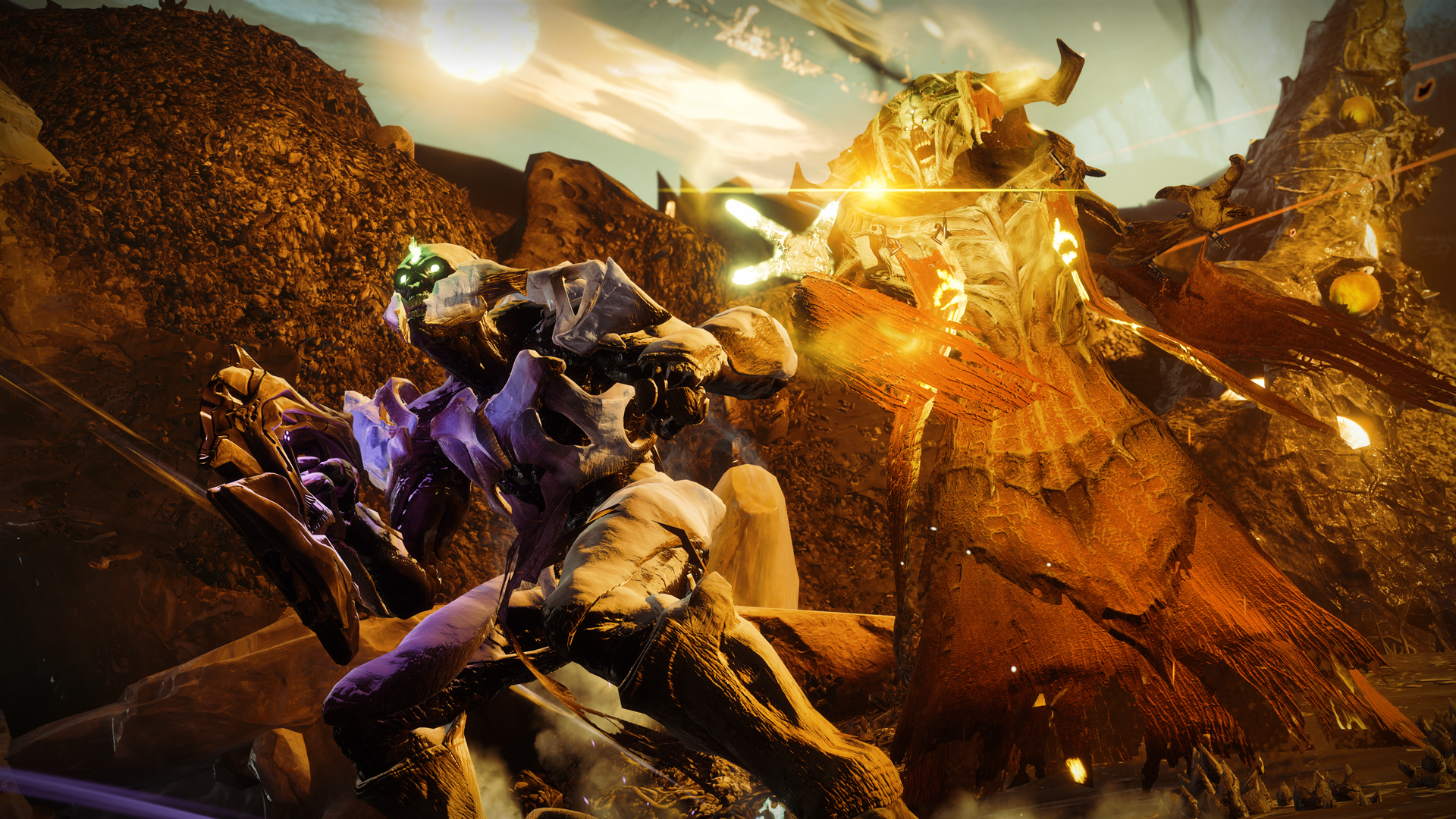
-
Destiny 2 Warmind
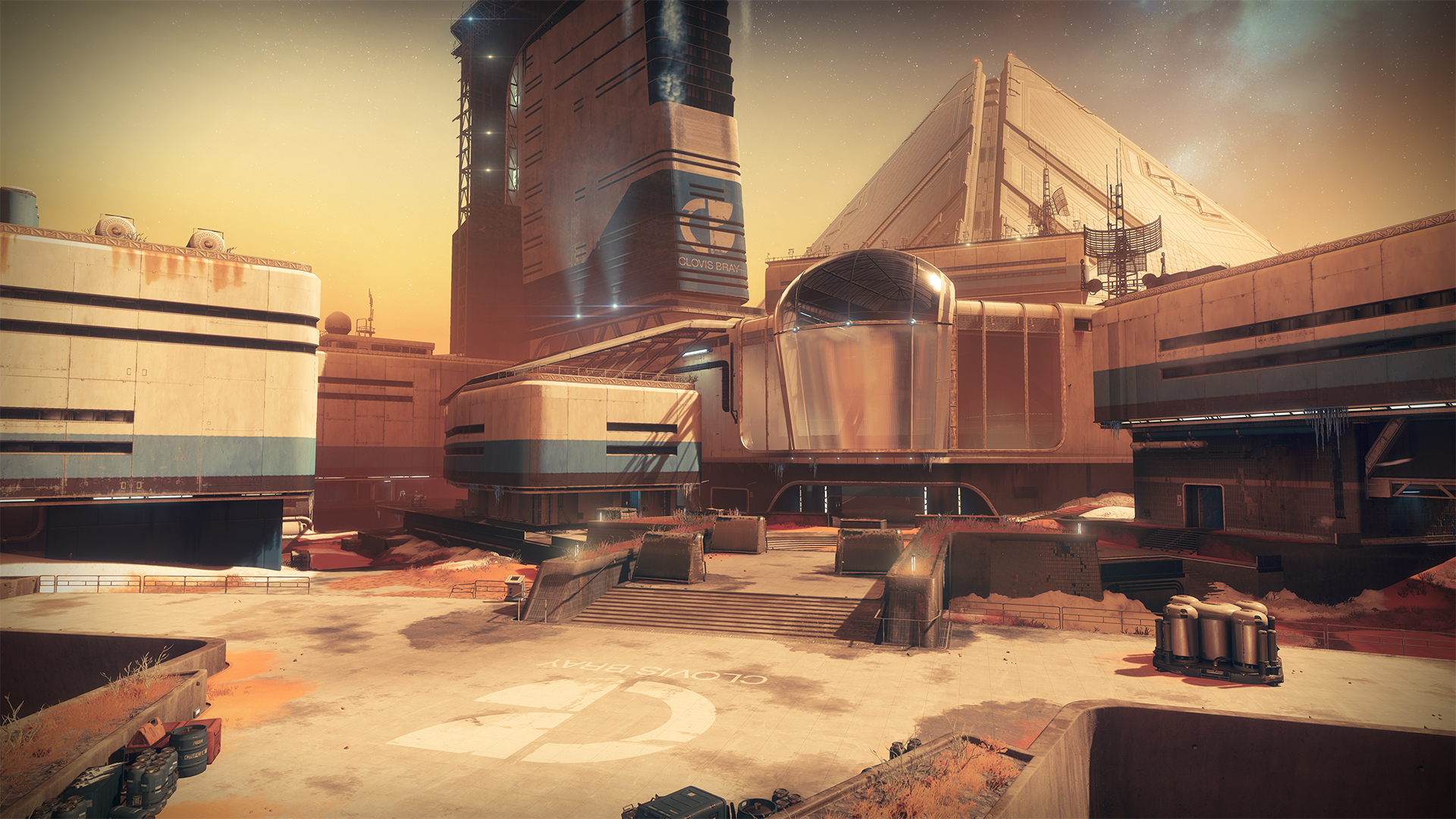
-
Destiny 2 Warmind
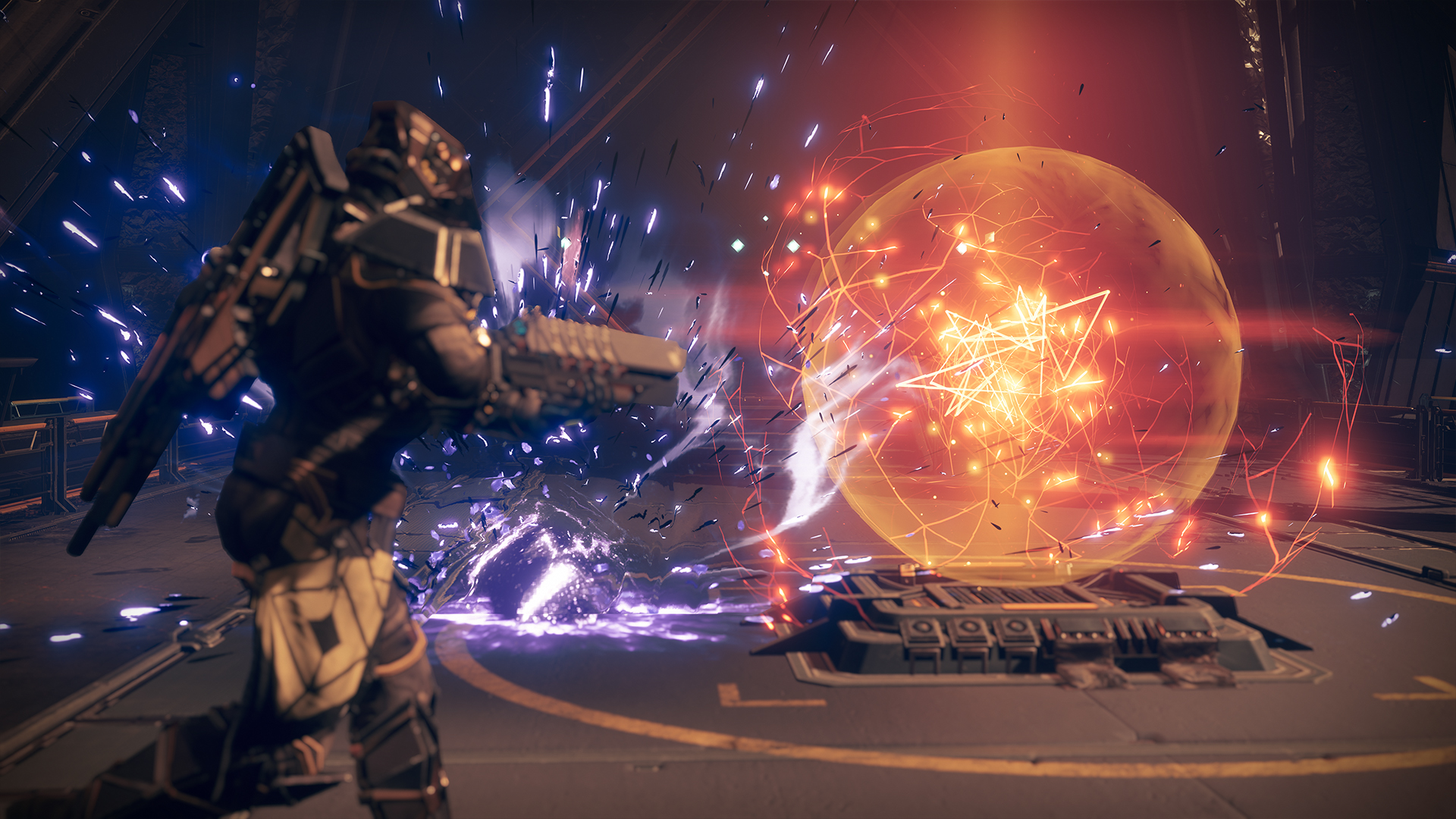
-
Destiny 2 Warmind
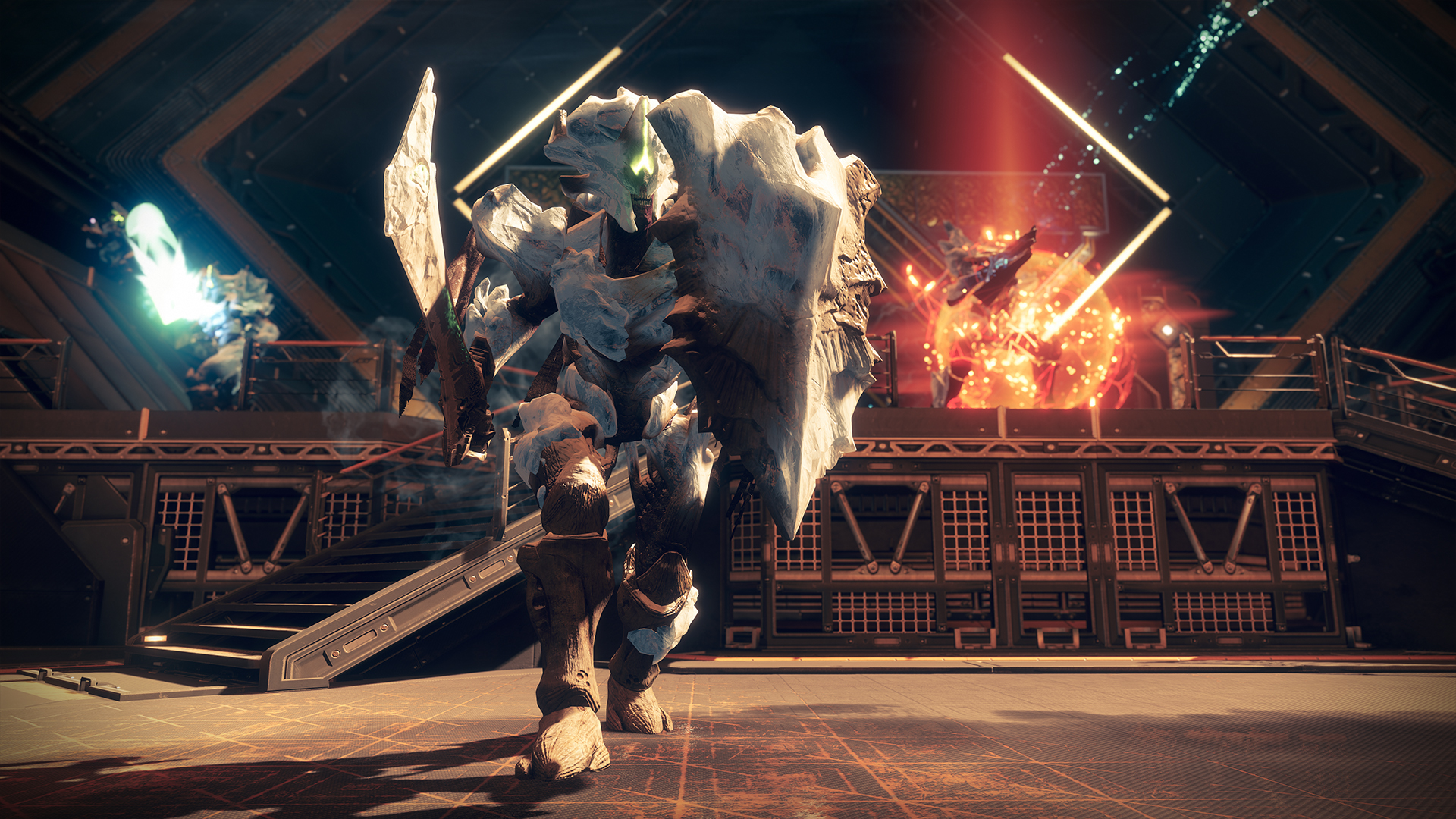
-
Destiny 2 Warmind
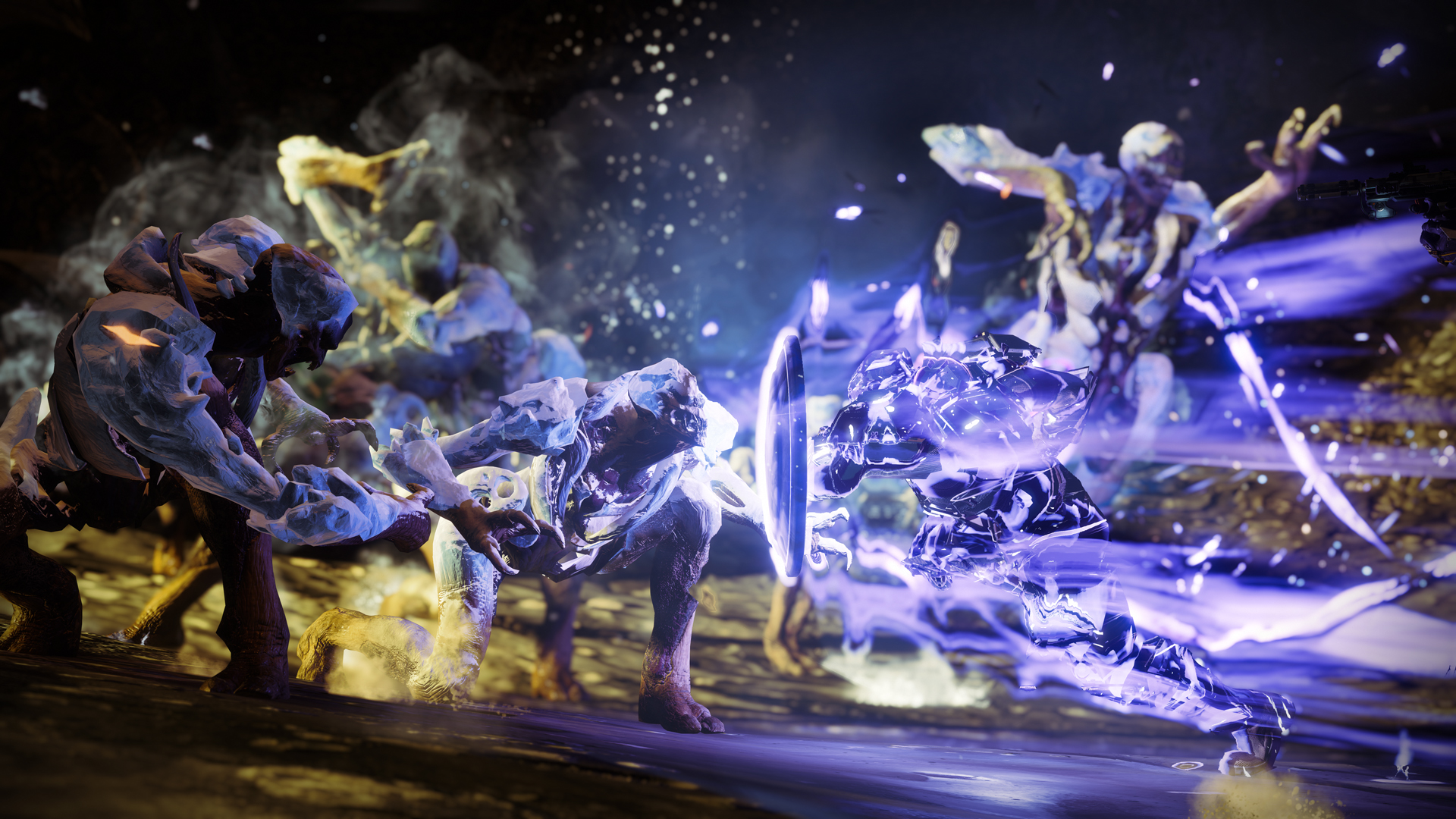
-
Destiny 2 Warmind
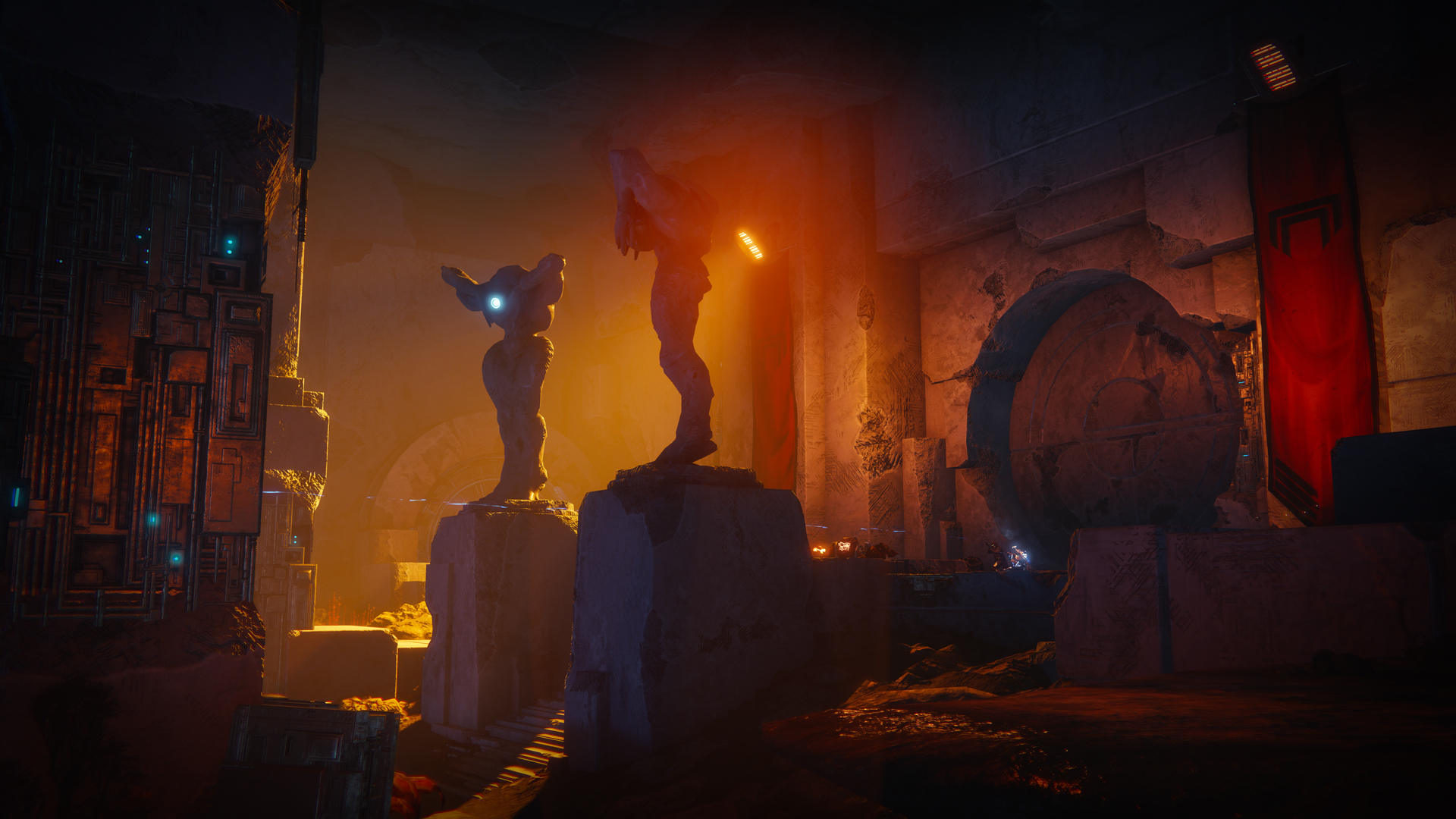
-
Destiny 2 Warmind
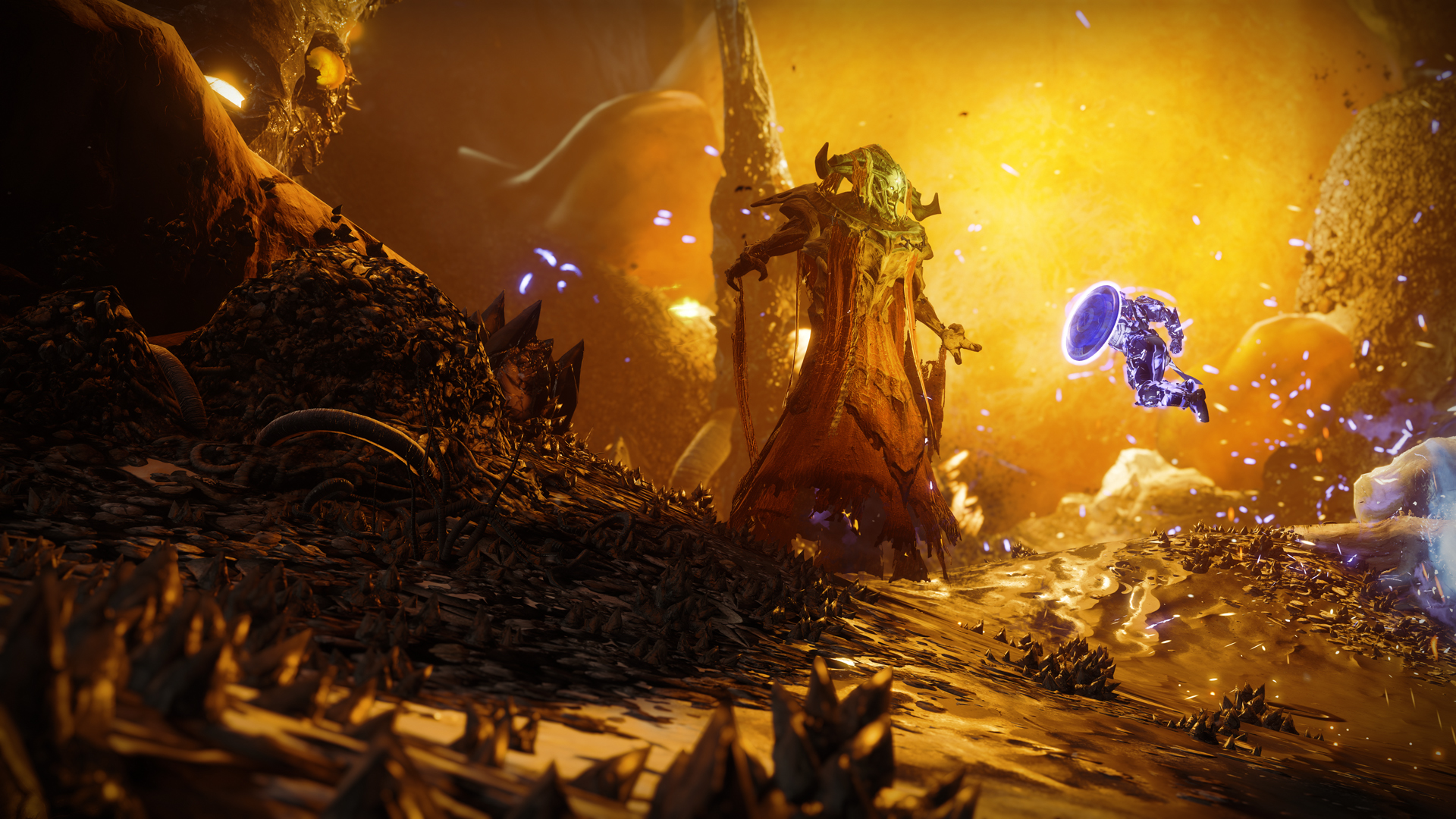
-
Destiny 2 Warmind
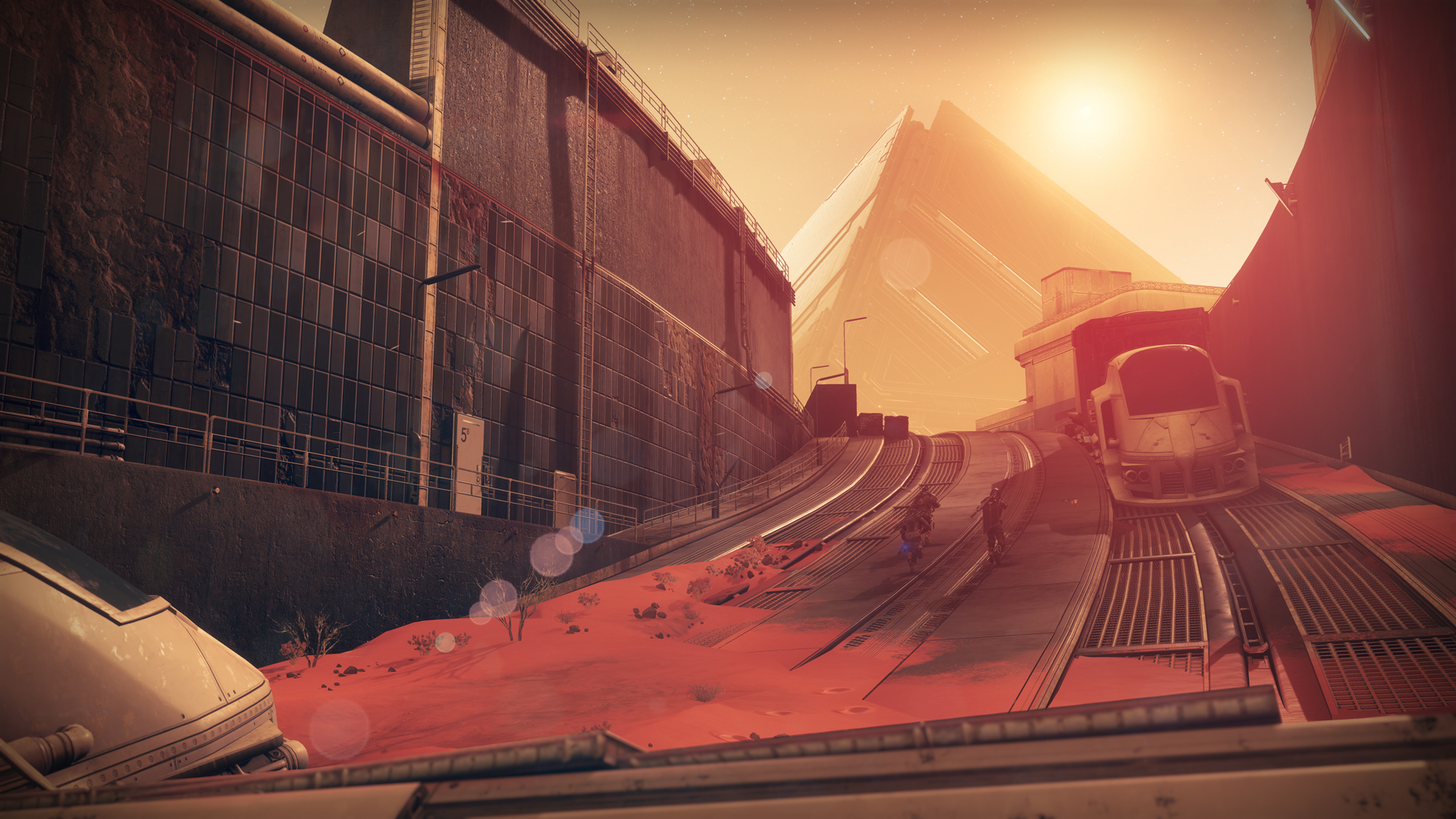
-
Destiny 2 Warmind
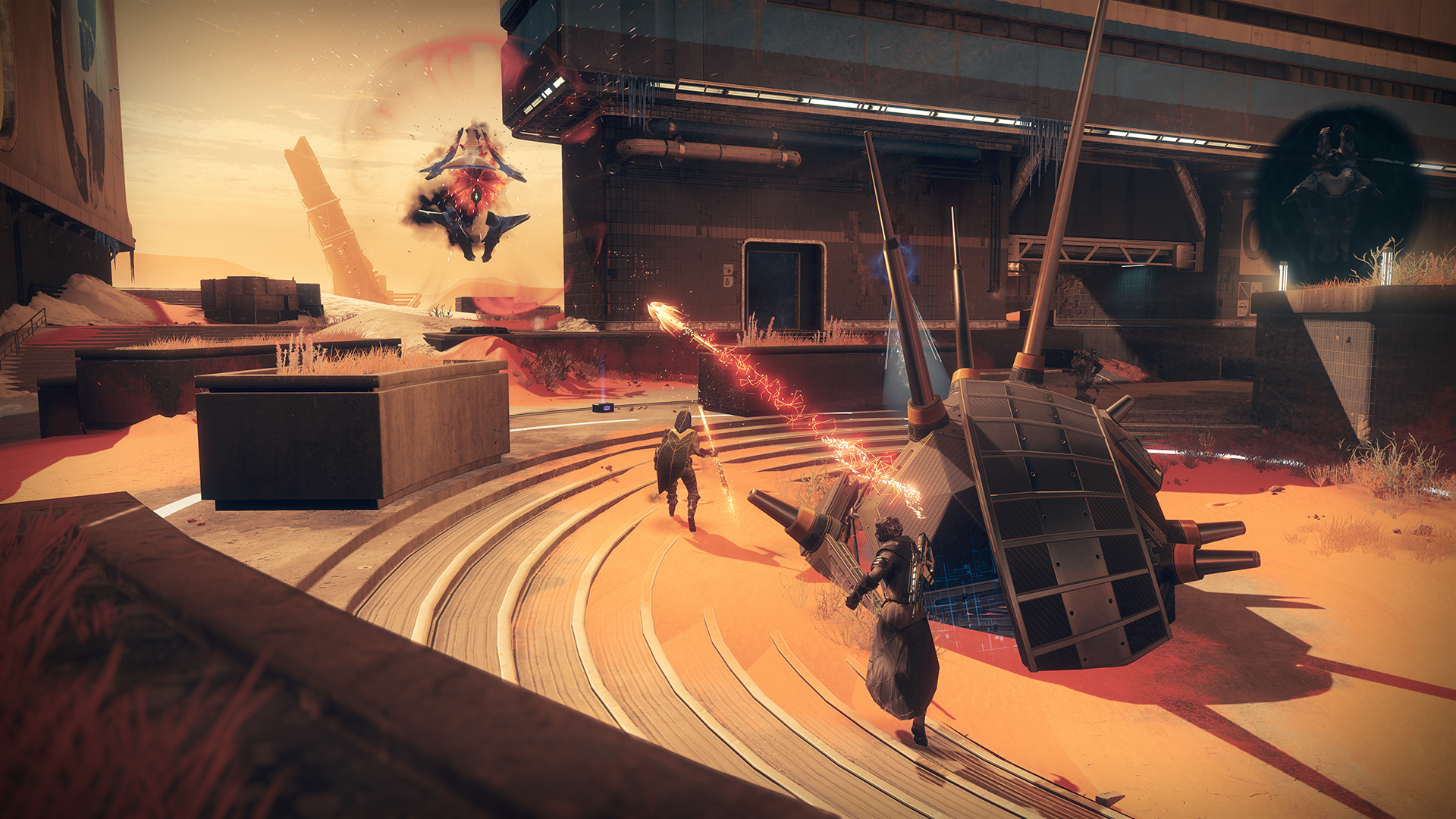
-
Destiny 2 Warmind
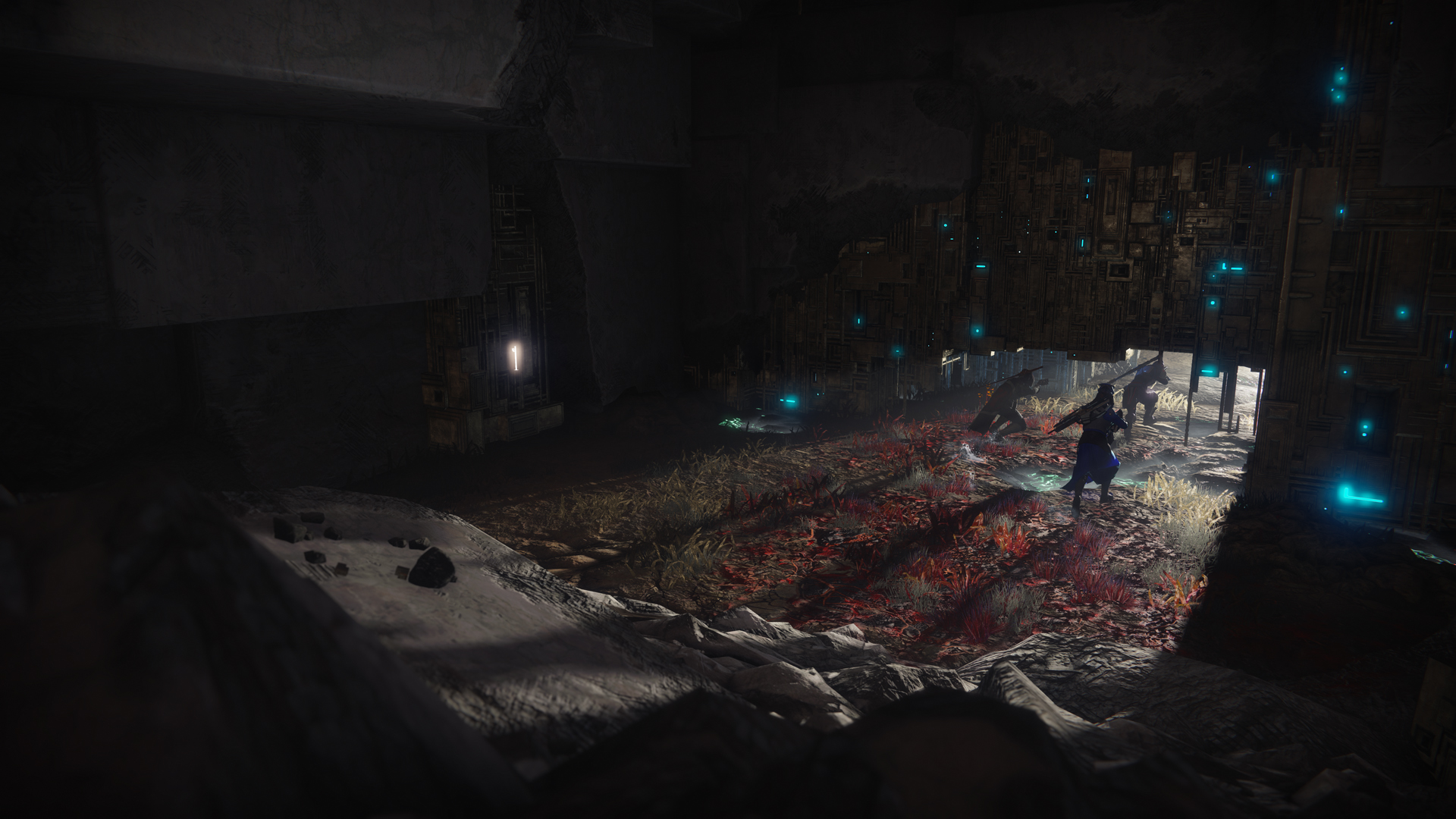
-
Destiny 2 Warmind
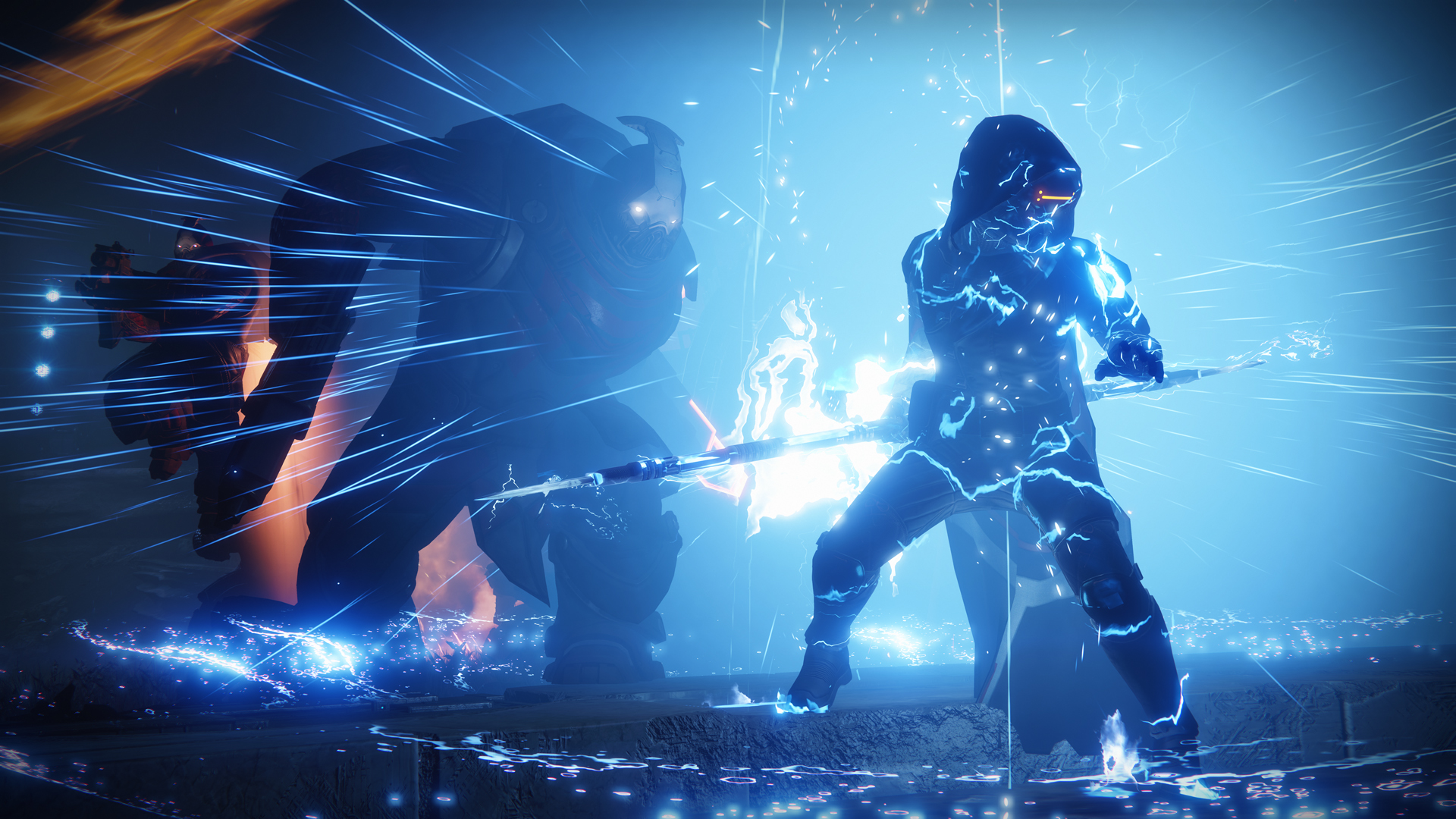
-
Destiny 2 Warmind
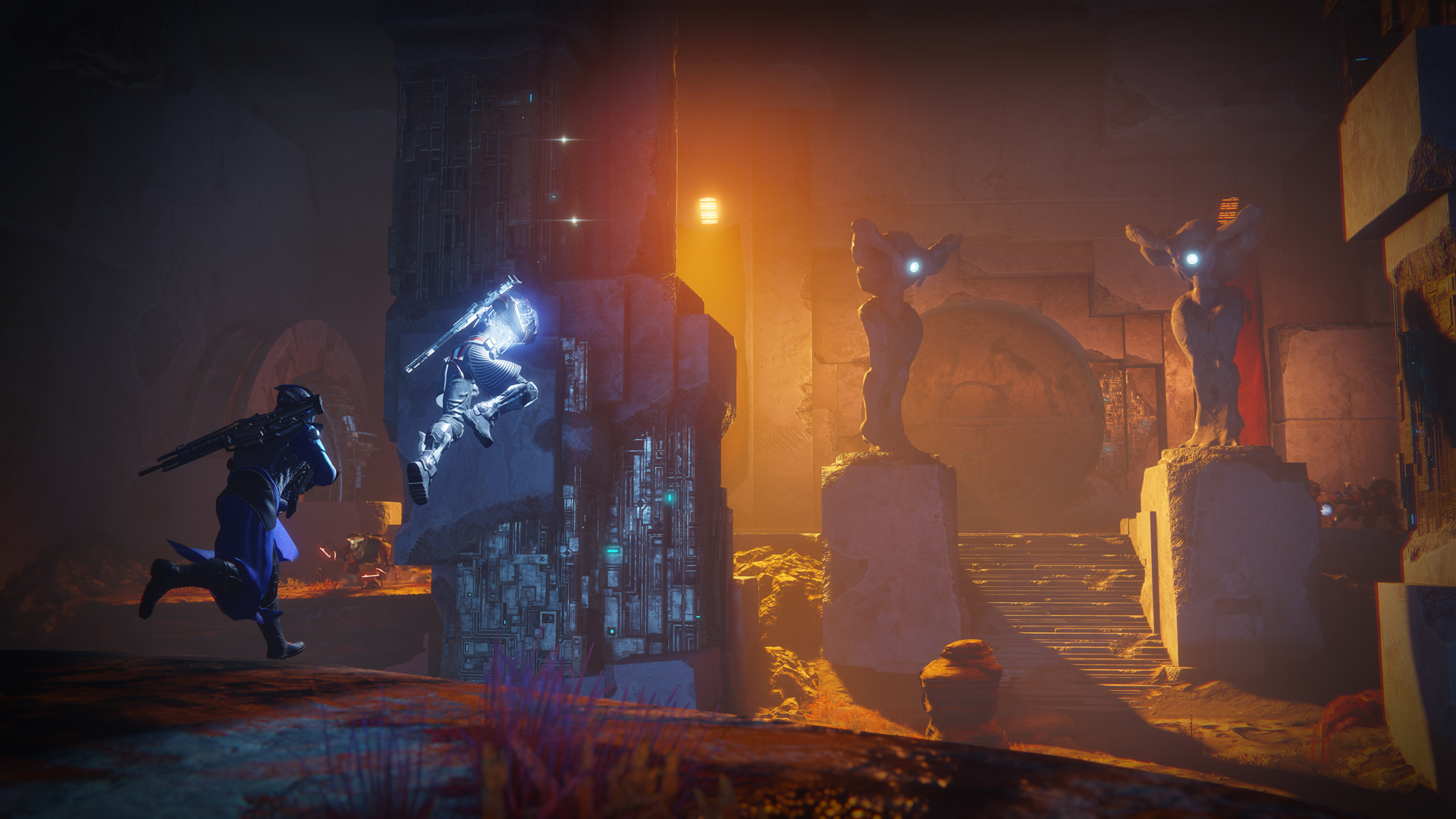
-
Destiny 2 Warmind
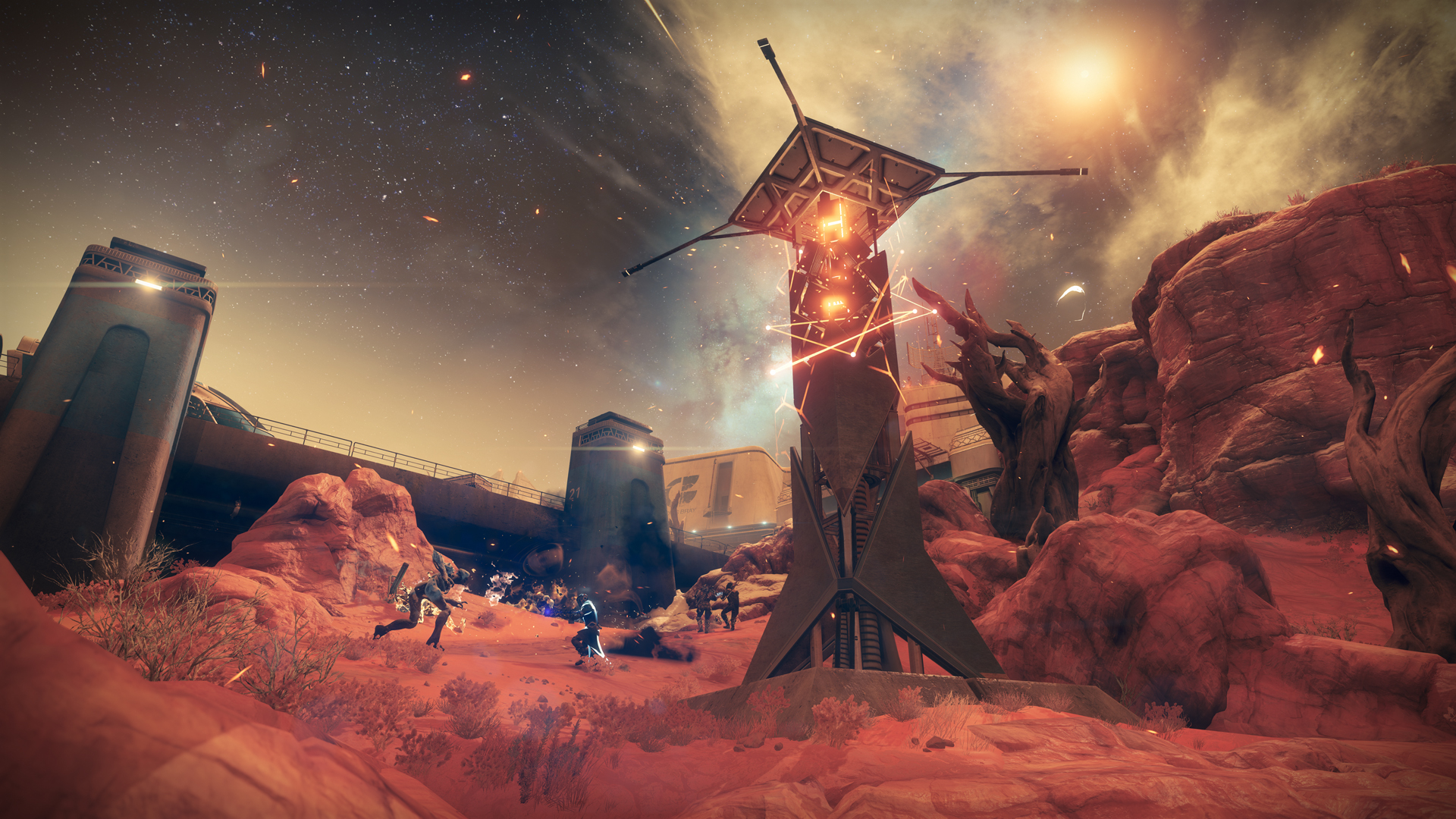
-
Destiny 2 Warmind
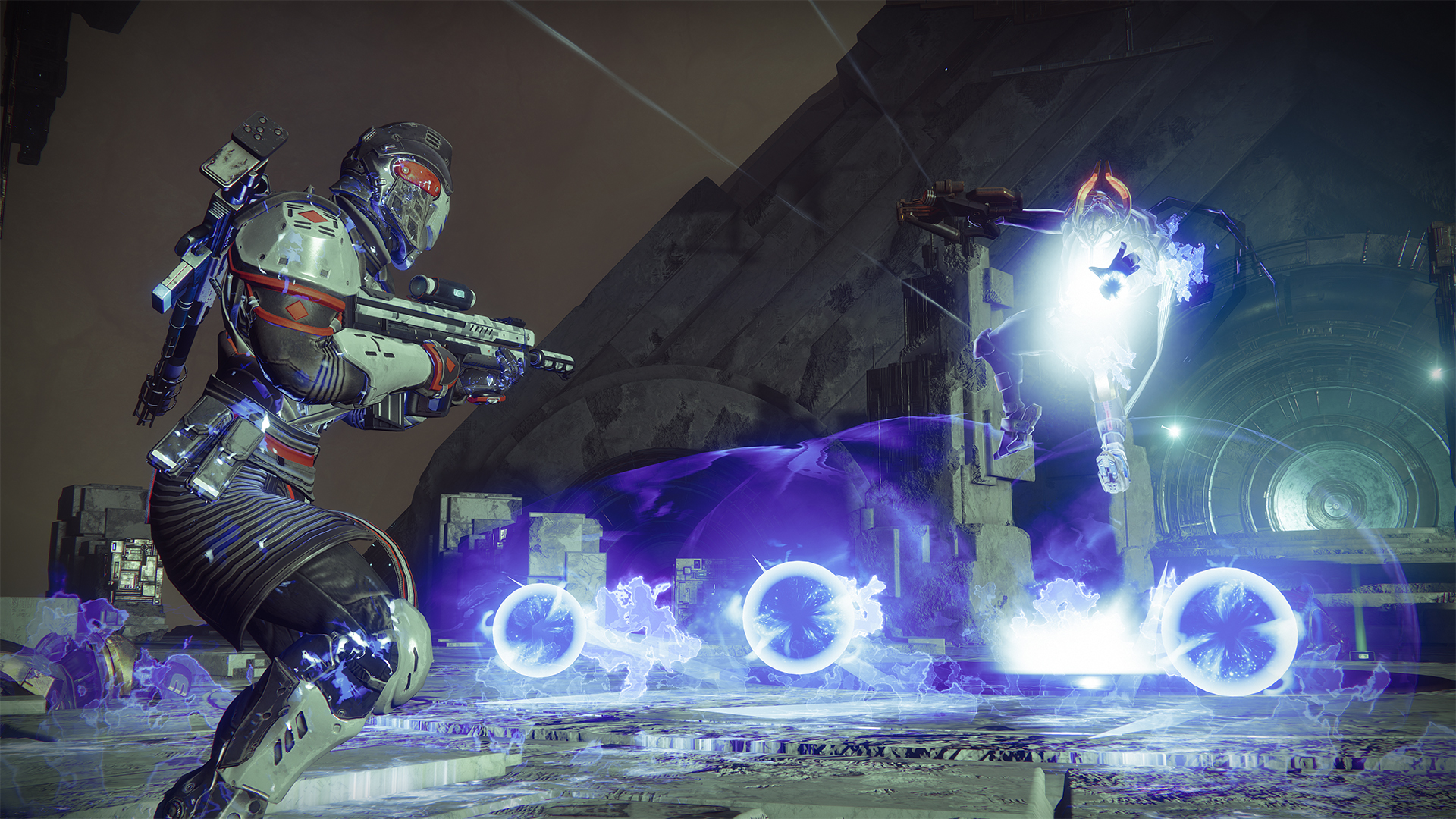
-
Destiny 2 Warmind
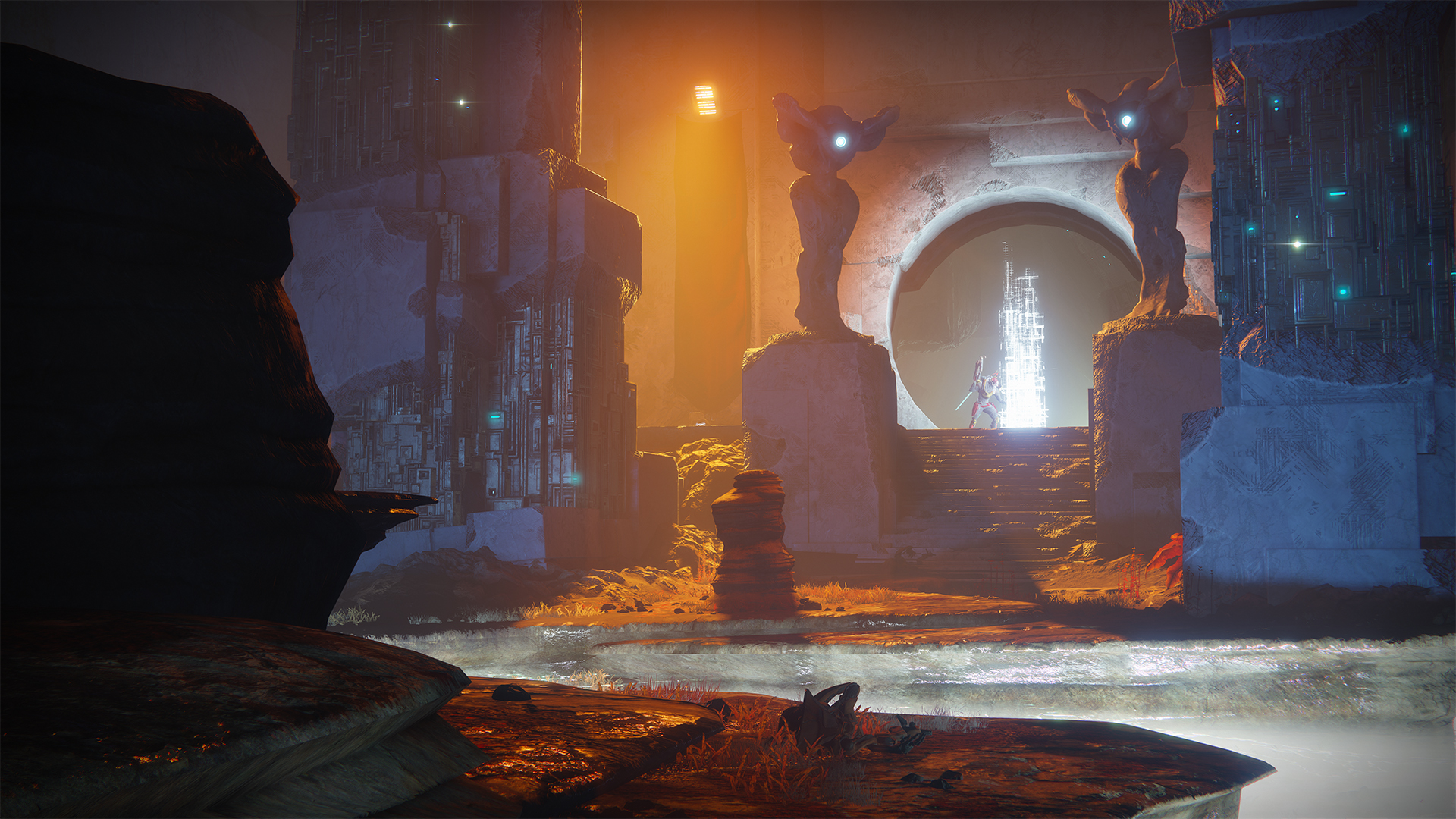
-
Destiny 2 Warmind
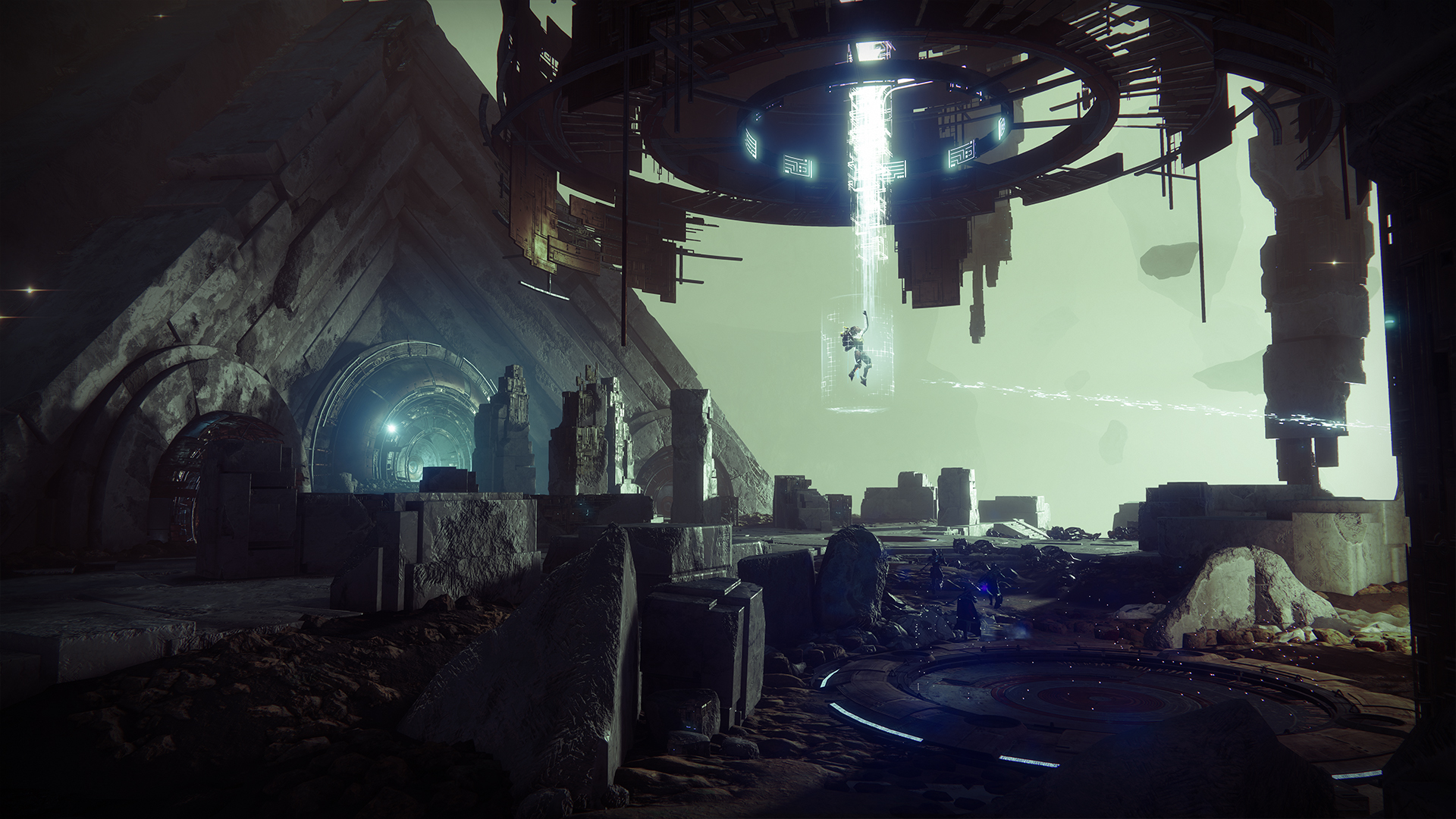
-
Destiny 2 Warmind

-
Destiny 2 Warmind
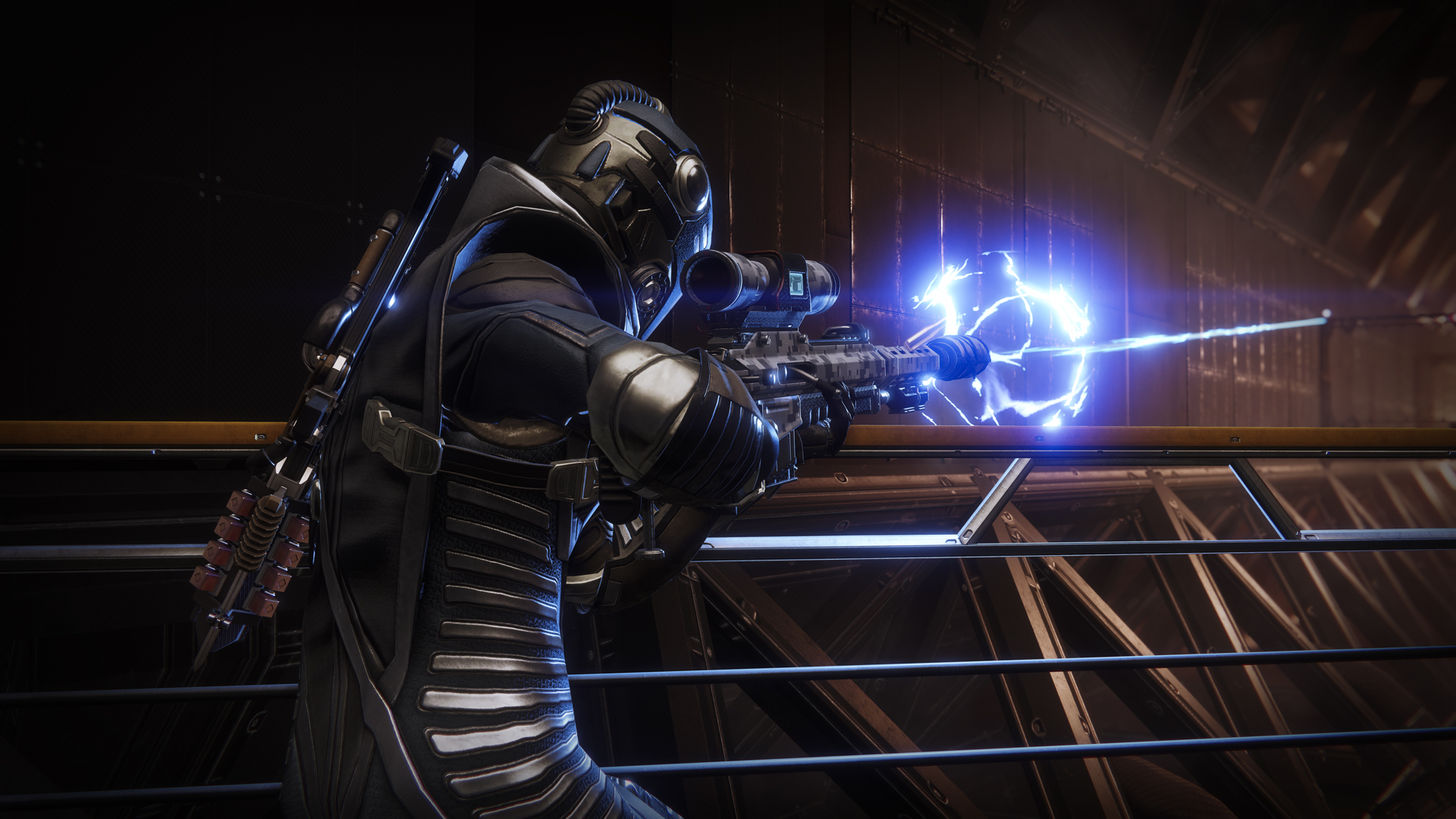
-
Destiny 2 Warmind
